I am an Iranian artist based in Paris since 2011. My practice unfolds through photography, Film, drawing, and installation.
Time spent working with filmmakers has influenced the way I consider and question the construction, dissemination, and reception of images. I aspire to make these processes visible but also to construct my own visual fictions.
Today I am interested in the images that are offered to me. I collect documentary images found on the internet or in films as well as photos simply captured with my camera during my wanderings. I consider these recorded visuals for what they are—compositions—in order to divert the paradoxical relationship that exists between image and the idea that we have of reality/verity.
The interplay between mediums, the transition from one state to another, has become central to my practice. This sensibility might stem from a life lived between multiple worlds, shaping an approach where boundaries dissolve and overlaps become opportunities. It’s a process that has led me to explore installation and, more recently, film, seeking out spaces where materials and techniques intersect in unexpected ways. In earlier years, my work was more explicitly engaged with themes like exoticism and self-representation, but the passage of time has introduced new layers, shifting focus towards the subtleties of what lies in-between.
It seems to me that the image is produced by fraction—for an image inscribed in space, a thousand other images can literally be born from it—and by effraction—by dependence and emancipation, even detour, of a visual economy which dominates our modes of perception and our cognitive schemes.
Ambiguities and transitory states interest me more than affirmations. It is in this state of mind that I seek bridges between mediums and continually test new techniques. I look for the poetic accidents that result from these marriages, which I compare to black holes opening up to horizons to be explored.
Author: pooadmin
SOLO EXHIBITIONS
Mes Amis Monstres (2017)
Mes Amis Monstres, 2017
Pooya Abbasian
Publié chez Actes-Sud Junior
Isa adore se déguiser, un jour en tigre, le lendemain en dragon. Ça l’amuse et – surtout – ça la protège des monstres le soir, quand elle se couche et qu’ils entrent dans sa chambre. Mais un jour, elle en a assez de devoir se déguiser. Elle décide d’être elle-même et d’affronter ses créatures nocturnes. Heureusement, il y a son chat Jean-François pour l’aider à relever ce défi…

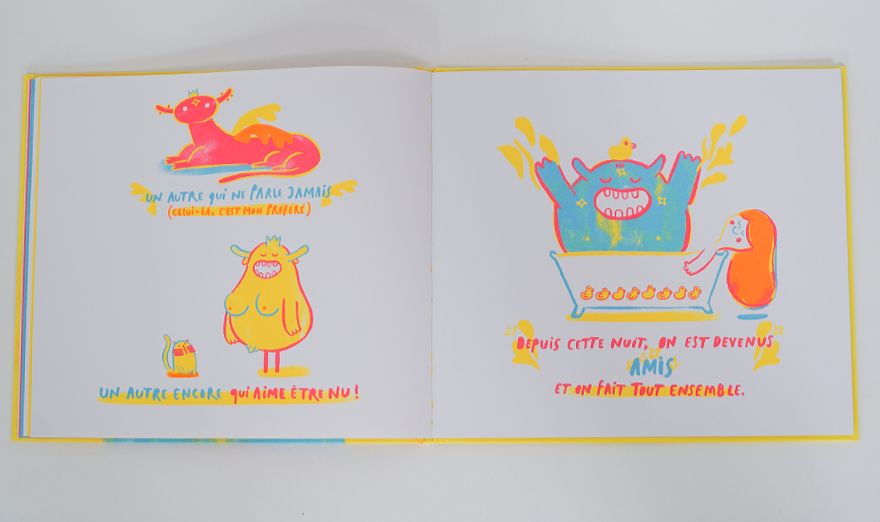

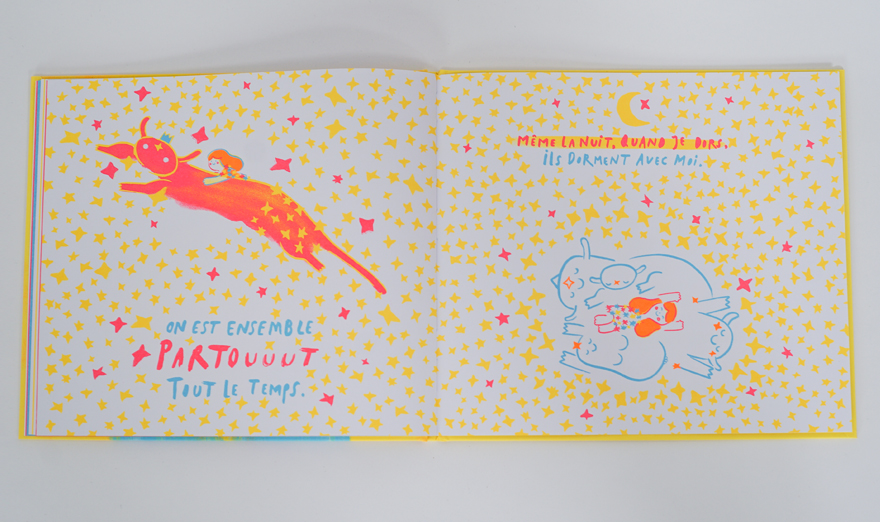
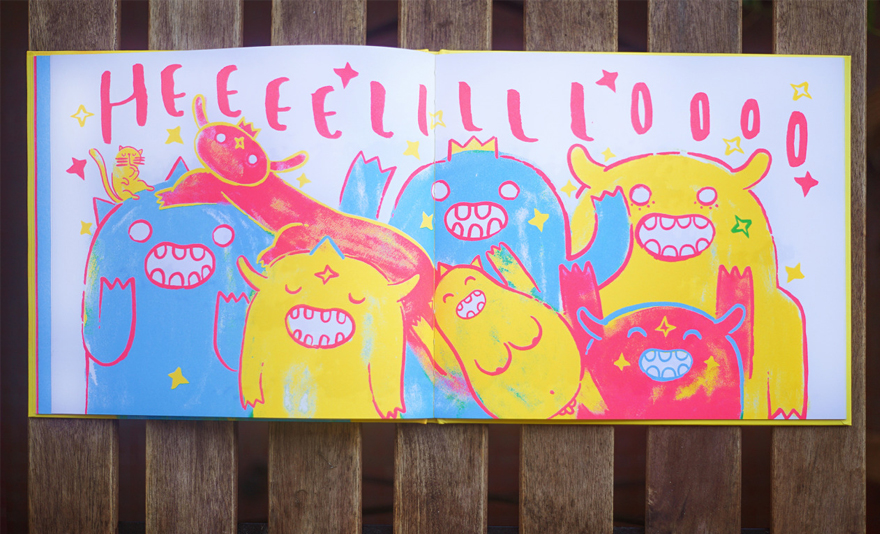
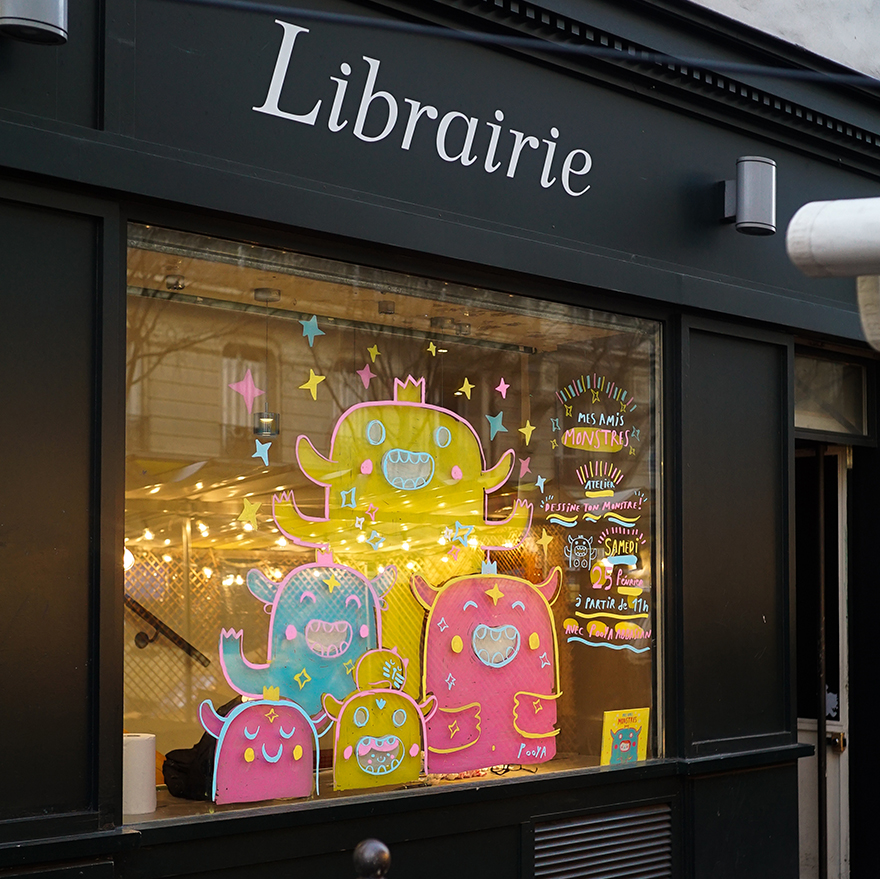
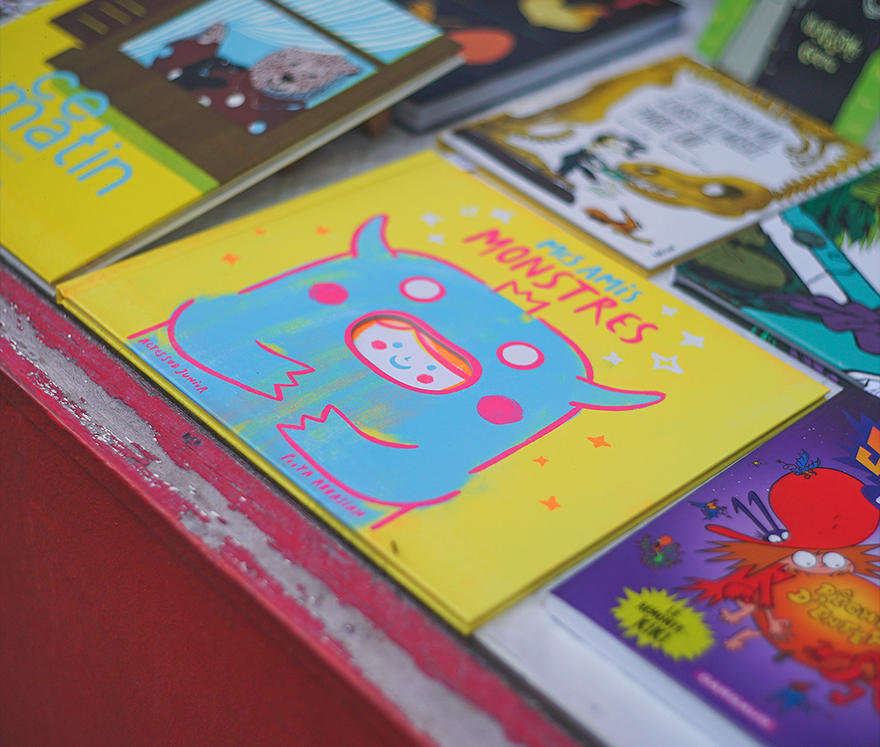
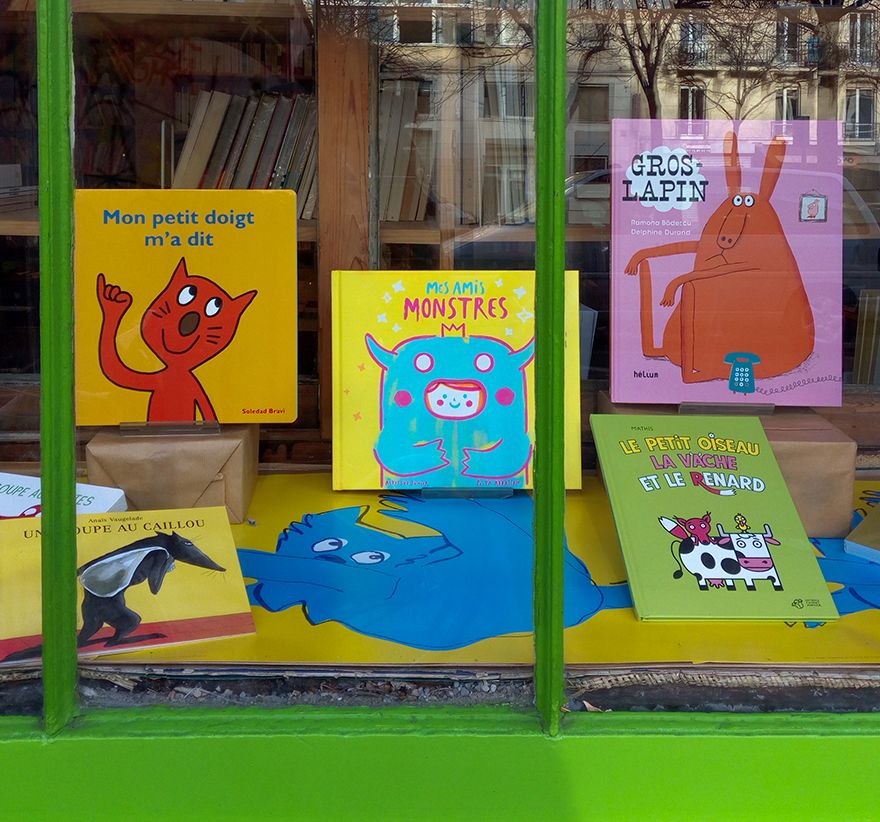
Sonnette entre chien et loup (2017)
SONNETTE ENTRE CHIEN ET LOUP
Victor Coutard, Pooya Abbasian.
Publié chez GALLIMARD
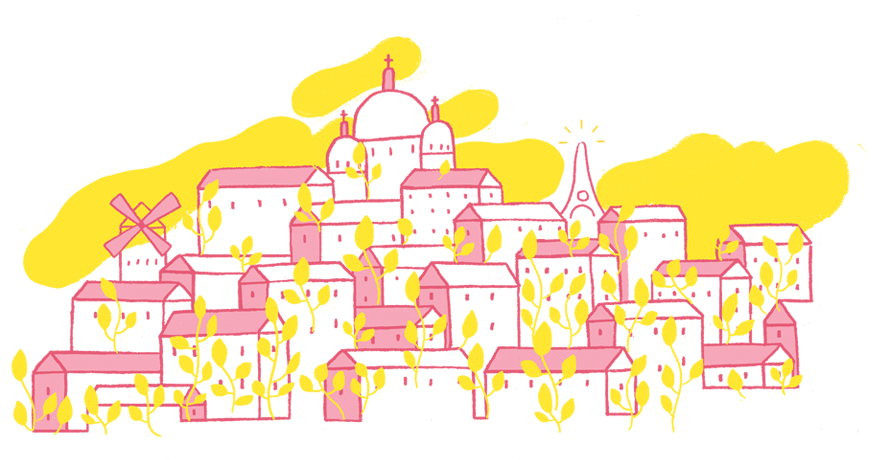 Sonnette est une petite Parisienne, qui rêve d’une ville où les arbres, les plantes et les fleurs pourraient pousser un peu partout! Accompagnée de Chien et de Loup, elle parcourt Paris et sème des graines dès qu’elle aperçoit un peu de terre. Et puis un jour, en suivant les aigrettes d’un pissenlit magique, Sonnette et ses amis découvrent un lieu fabuleux !
Sonnette est une petite Parisienne, qui rêve d’une ville où les arbres, les plantes et les fleurs pourraient pousser un peu partout! Accompagnée de Chien et de Loup, elle parcourt Paris et sème des graines dès qu’elle aperçoit un peu de terre. Et puis un jour, en suivant les aigrettes d’un pissenlit magique, Sonnette et ses amis découvrent un lieu fabuleux !
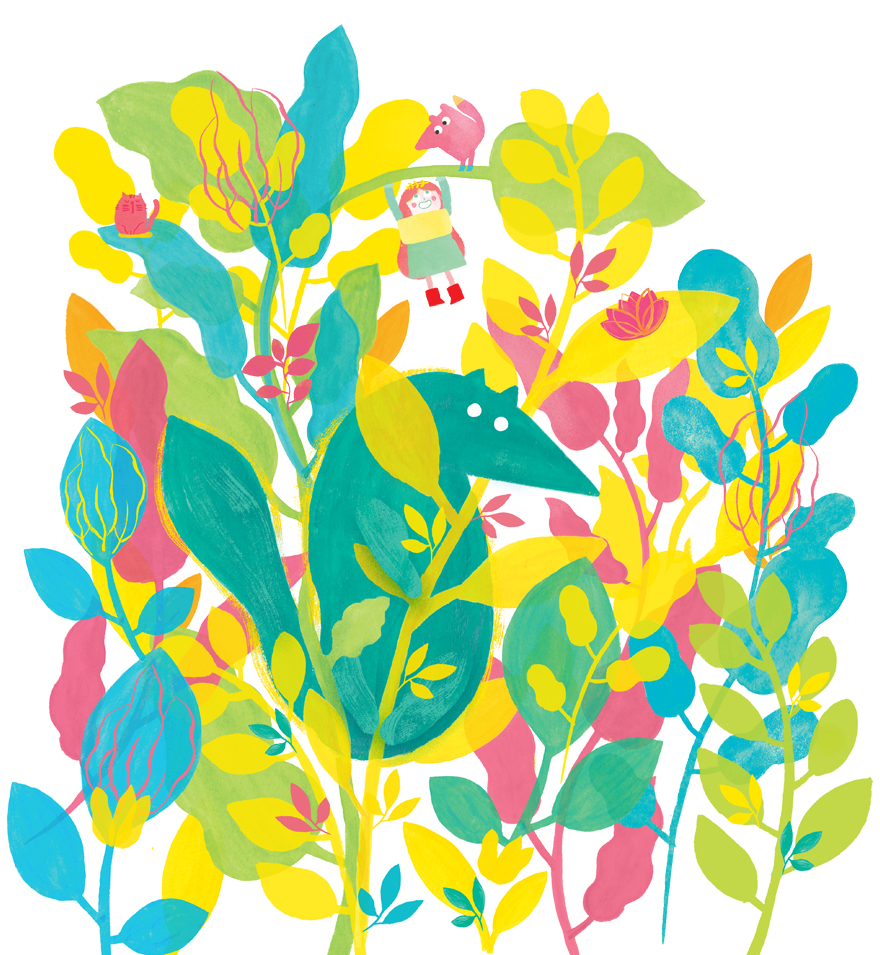
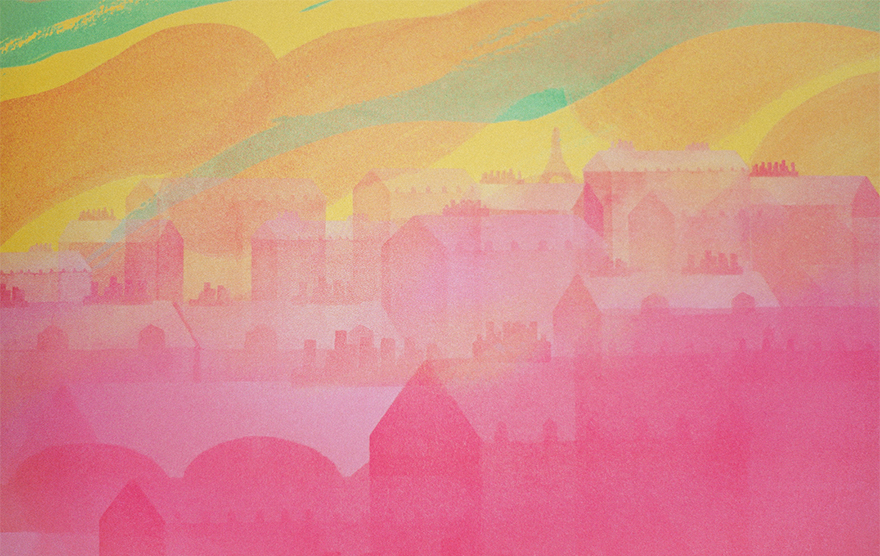
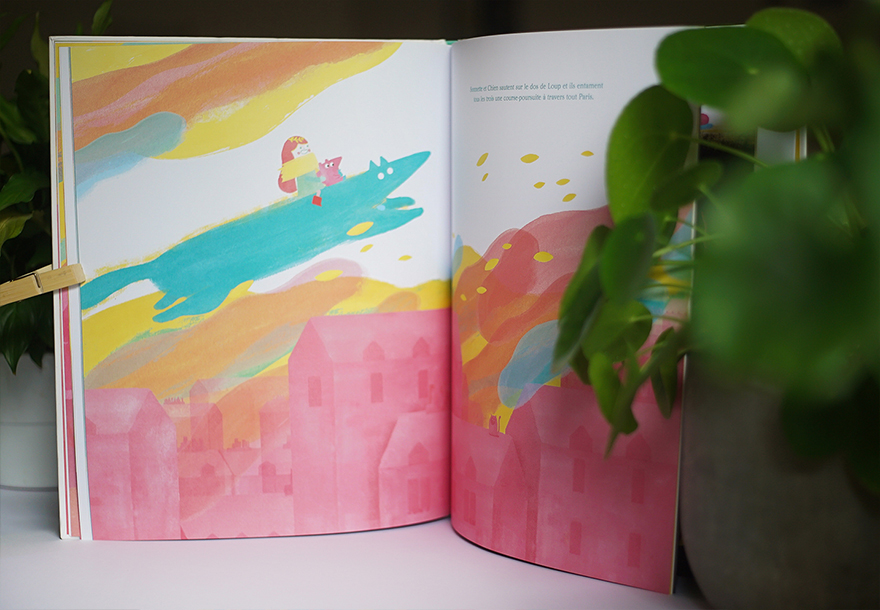
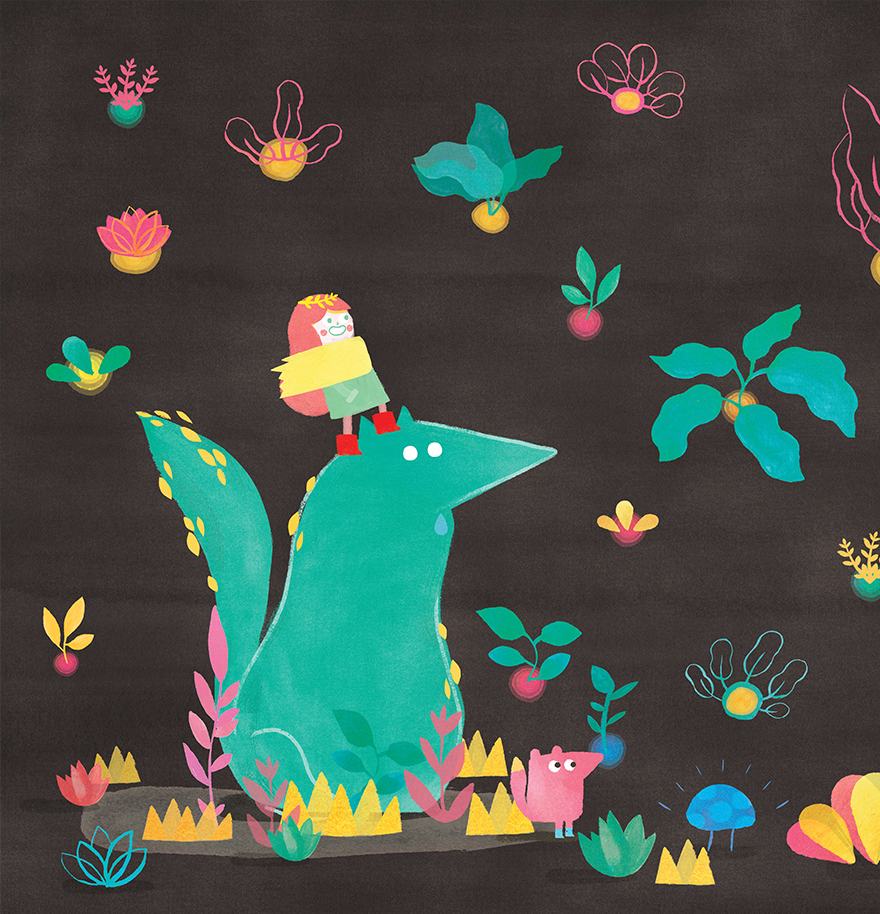
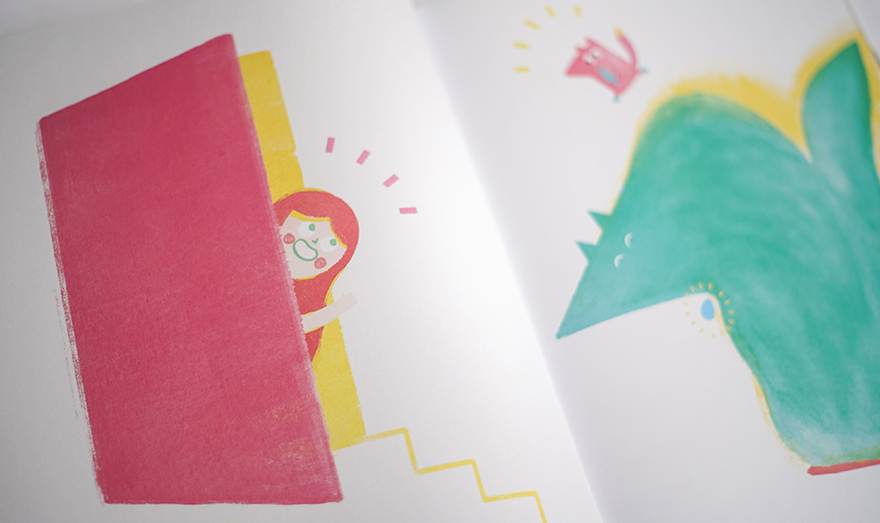
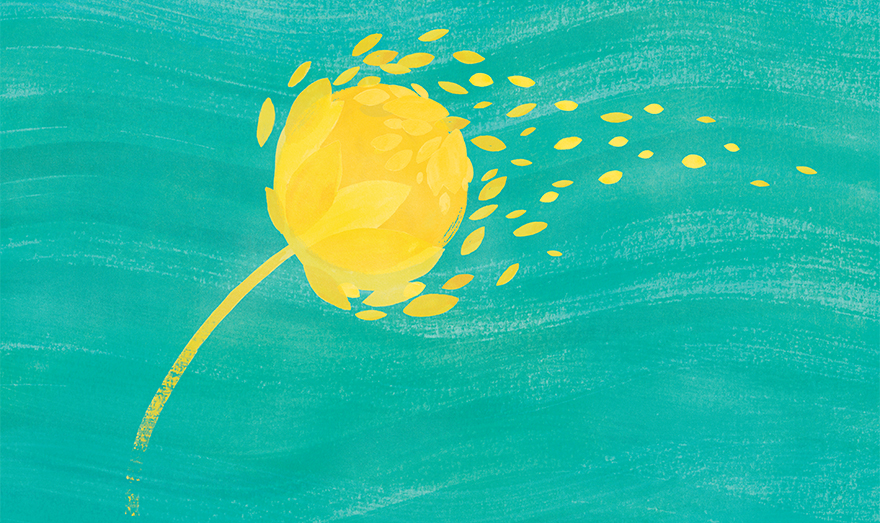

LIMA-Festival des cinémas arabes (2018)
Festival des cinémas arabes (2018)
Poster for Festivesl des Cinémas Arabes at L’institut du monde arabes, Paris.
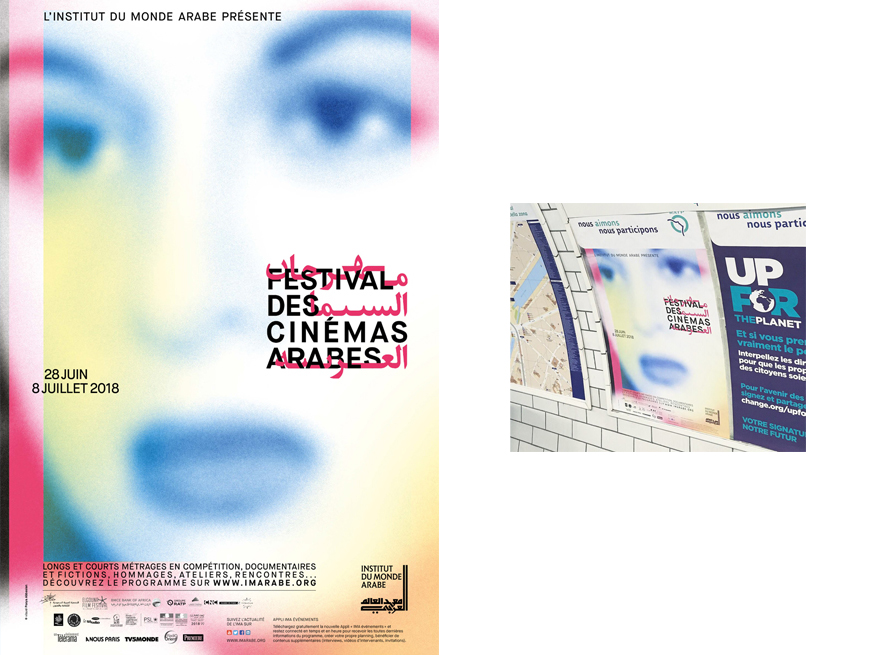
discreetly living behind your face
discreetly living behind your face
20.04.2018 – 11.05.2018 Galerie 52, Folkwang-Uni, Essen, Germany.
14.04.2018 – 25.06.2018 Galerie des petits carreaux, Saint-Briac, France.

The exhibition Discreetly living behind your face results from a project undertaken by Pooya Abbasian for more than 5 years and concluded during his residency at Galerie des petits carreaux in Brittany, France. His approach, both sensible and plastic, opens up a reflexion on social norms and the search for an identity through alterity.
Inspired by the cinema of Andrei Tarkovsky and José Luis Guerín, his work challenges photography and plays with the grid driving images’ creation and diffusion. Using a singular process – analogue pictures printed thanks to a video-projector, he intends to find his way beyond technical binaries. Both a eulogy of the contemporary pixel and a reclaiming of the old cyanotype method, he intends to preserve the digital trace on analogue prints. Maybe more of a painter than a photographer, Pooya Abbasian celebrates the poetry of the poor image, a blurriness that makes room for imagination. Original prints, pictures found on the internet and film shots make up a very personal iconography, freed from genre imperatives.
Possible narratives, fantasized stories; the exhibition keeps the mystery going. Taken on the sly, from the back, and playing with environmental constraints, the pictures are the impressions of a benevolent voyeur. The poetry is to be found in his obsession for keeping his models’ identity secret: he is not interested in the verdict given by face features but rather by the harmony of neck’s lines. Seeing without really knowing creates the sense of great tenderness that emanates from his work. Pooya Abbasian’s approach is voluntarily out of focus. It is a search for indeterminacy. What face? But also: what identity? These questions feed negatively the visitor’s own fantasy.
The face is the window on consciousness. For Emmanuel Levinas, the ethical imperative arises through it: it is the outbreak of the Other to my subjectivity, as well as the ban of violence. Judith Butler expanded the definition to the back, through which the face is abstractly represented. In this way, Discreetly living behind your face hesitates between carnal figuration and soul abstraction, it is an attempt to express the unexplainable, the enigma of alterity and the construction of our gaze. A powerful cyan blue depicts the poetry of a relation both solitary and deeply informed by the Other. A story of missed encounters.
Clémentine Proby
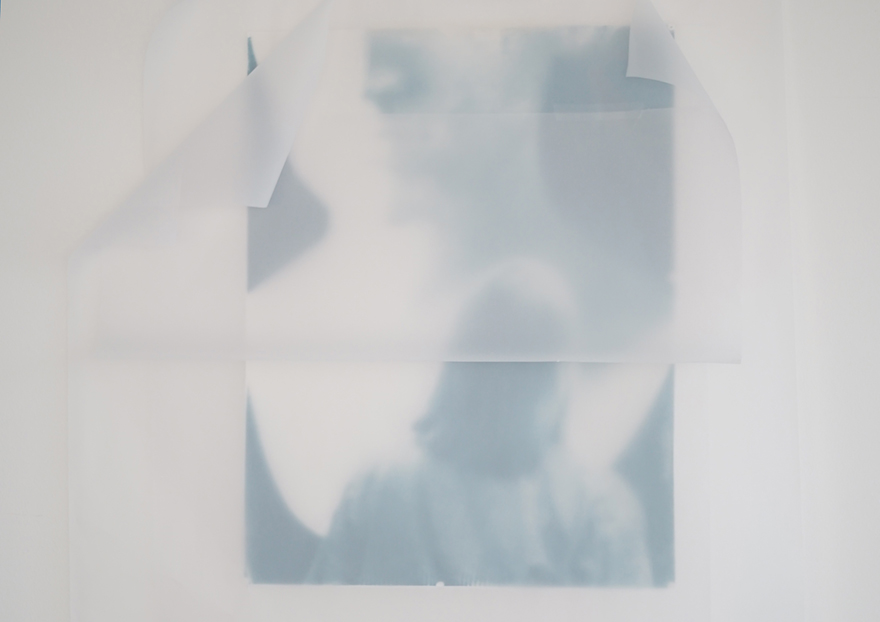 Cyanotype print, Transparent papers, 100×100 cm, 2018.
Cyanotype print, Transparent papers, 100×100 cm, 2018.
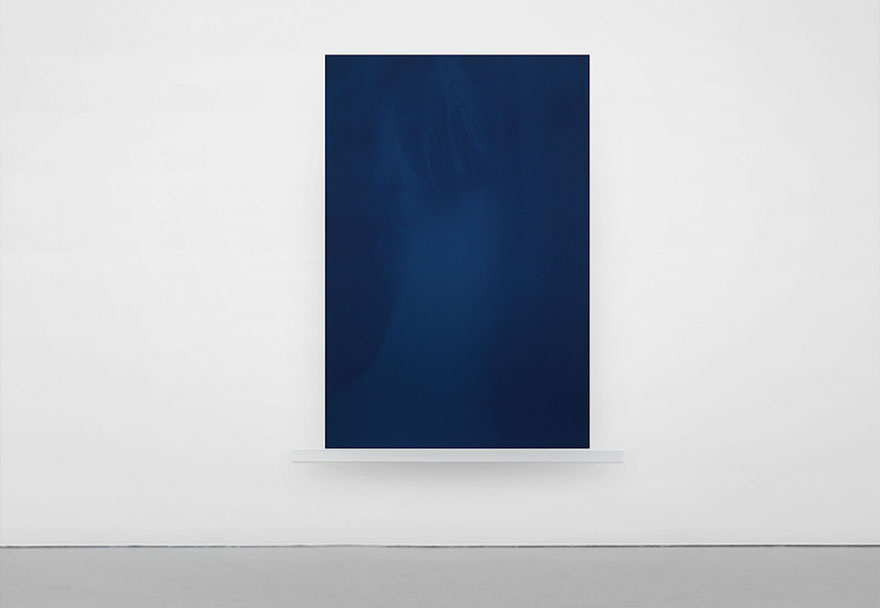
Cyanotype print on 5mm cardboard, 120×80 cm, 2018.
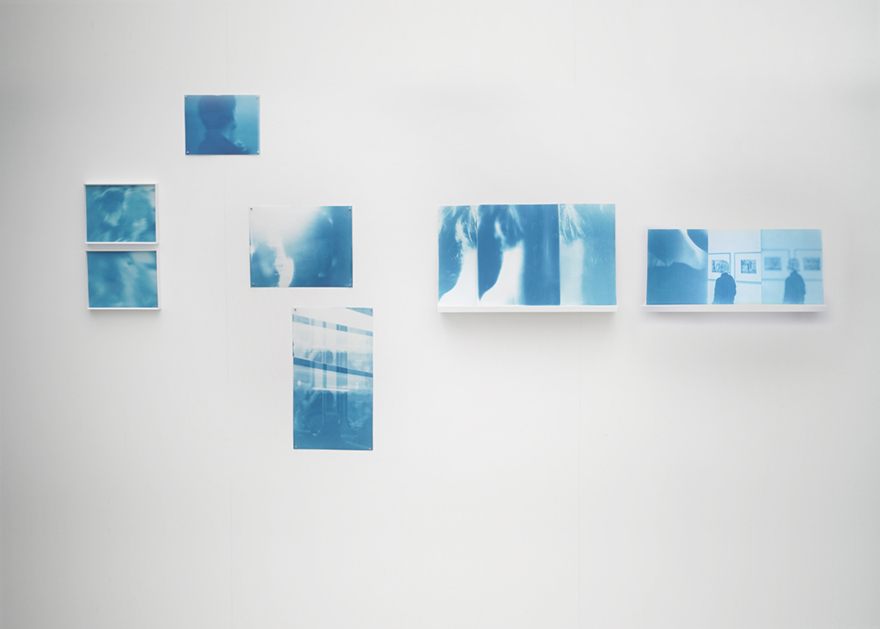
Exhibition view at Galerie des petits carreaux, Saint-Briac, France.

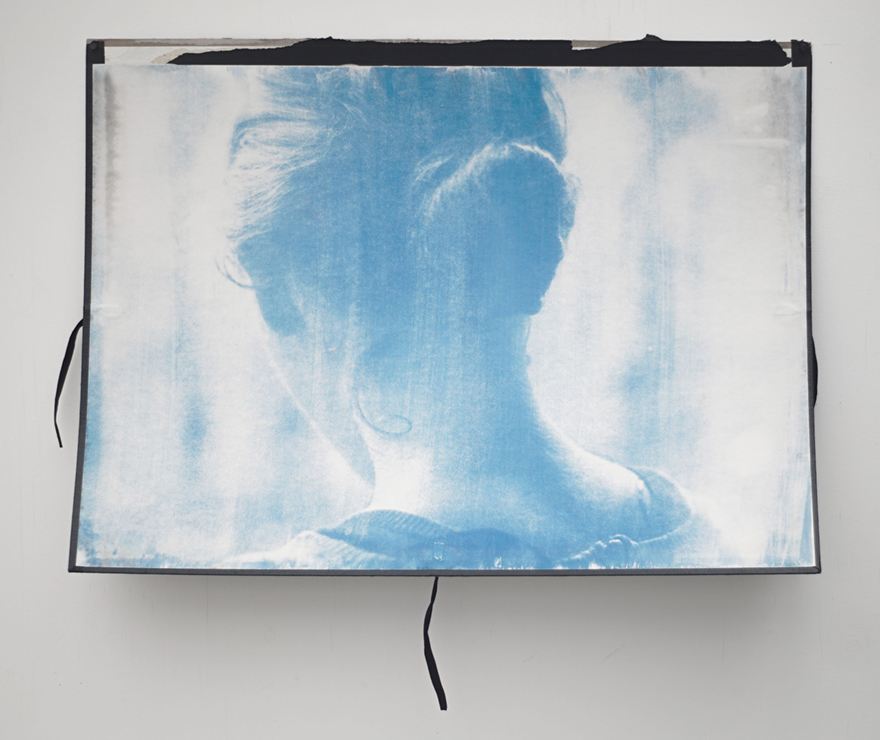
Cyanotype print on backside of drawing cardboard, 78,5×60 cm, 2018.
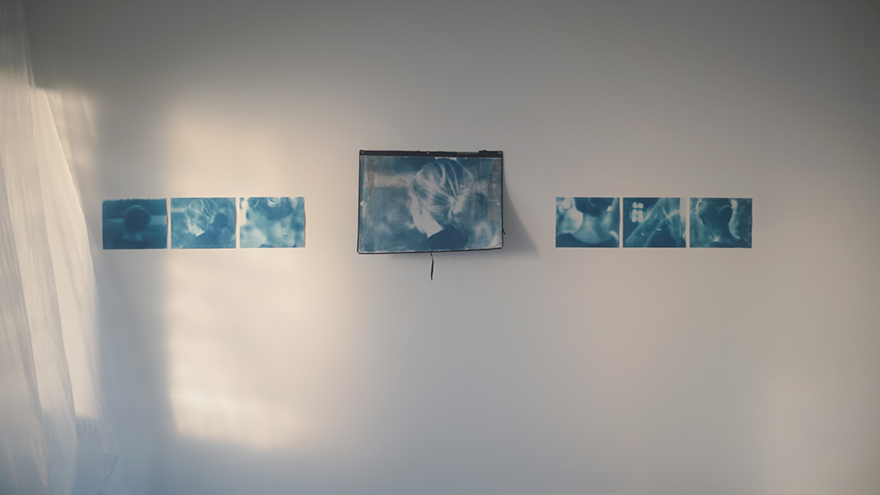
Exhibition view at Galerie 52, Folkwang-Uni, Essen, Germany.
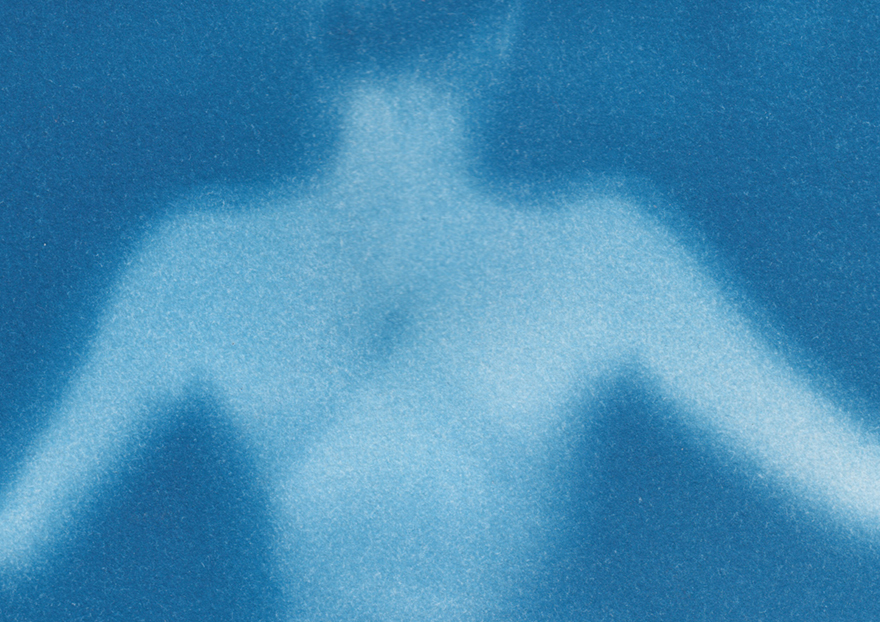
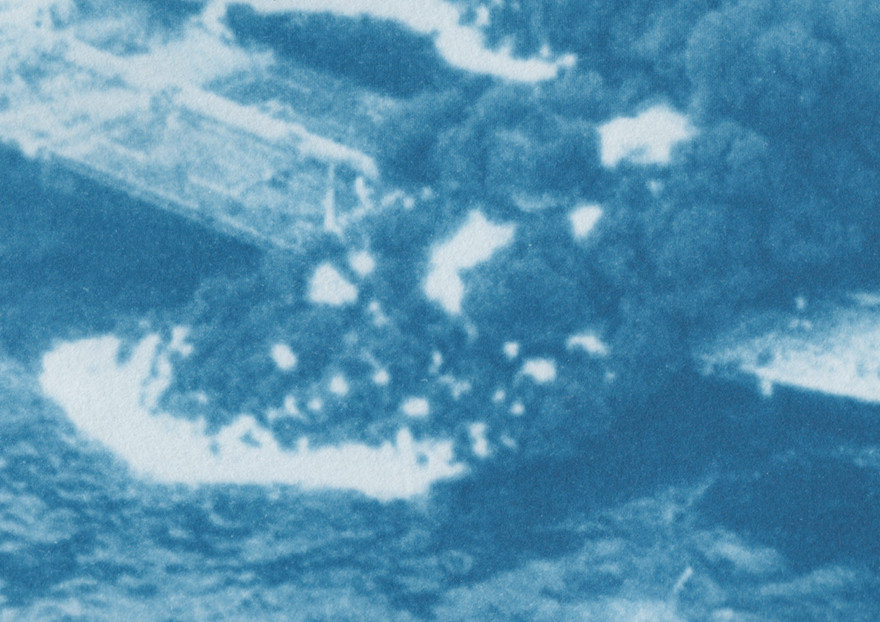
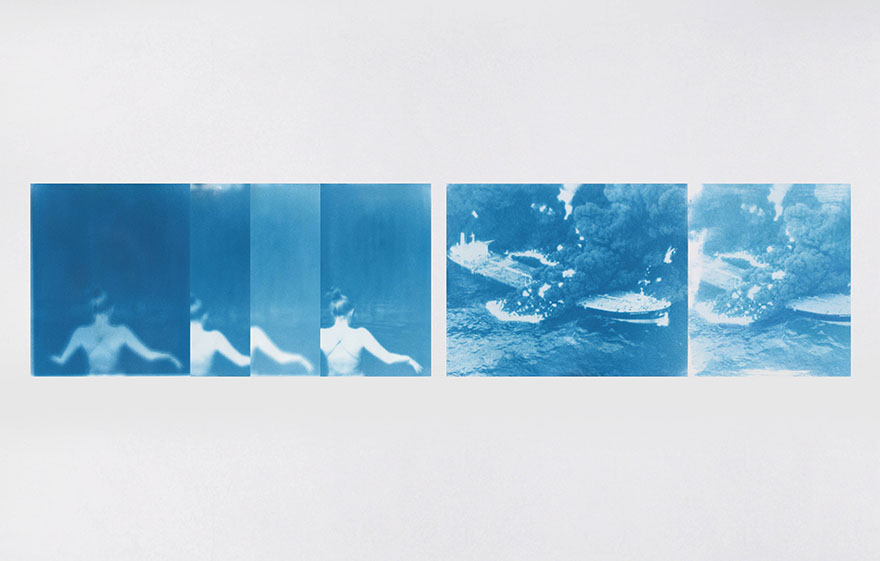
Sanchi, Cyanotype print, 100×20 cm, 2018. Cyanotype print, 45×20 cm, 2018.
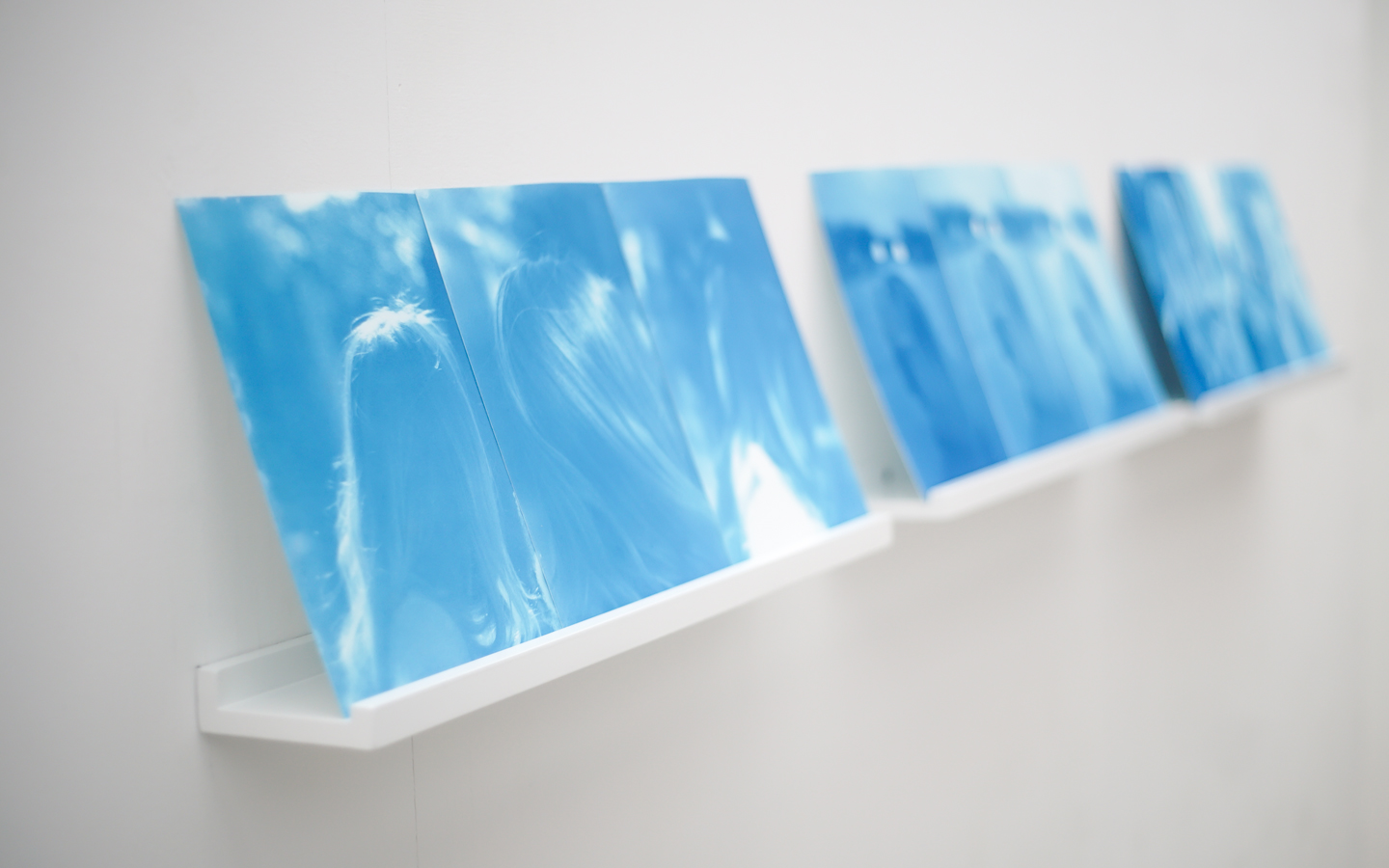
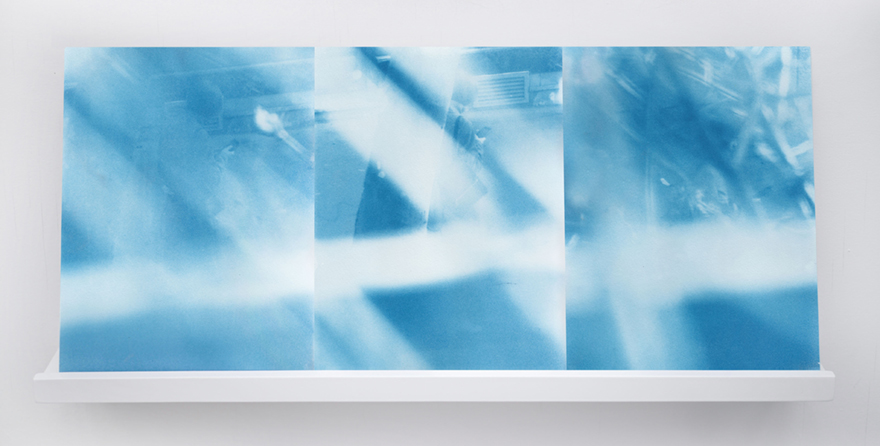 Cyanotype print, 60×20,5 cm, 2018.
Cyanotype print, 60×20,5 cm, 2018.
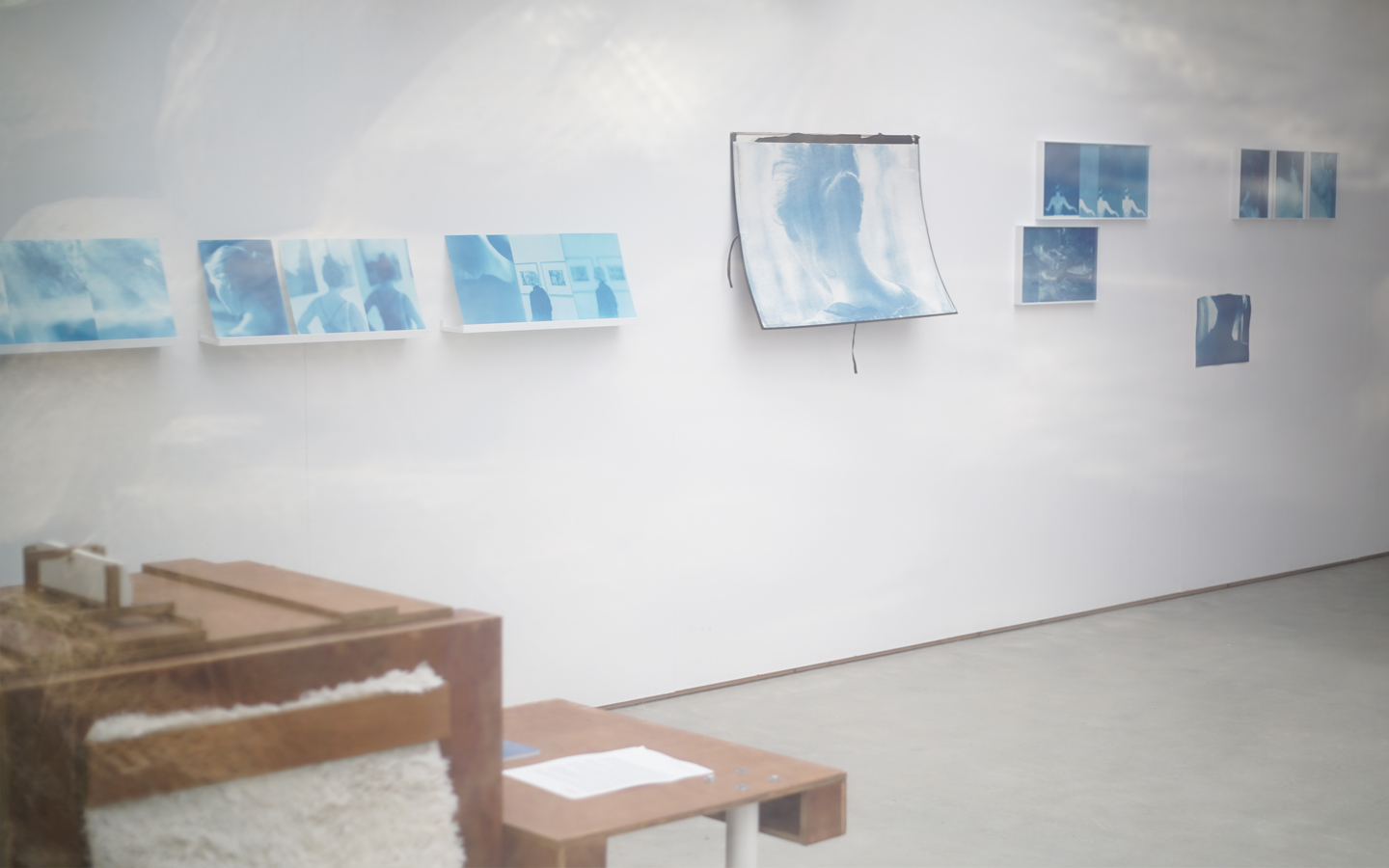 Exhibition view at Galerie des petits carreaux, Saint-Briac, France.
Exhibition view at Galerie des petits carreaux, Saint-Briac, France.
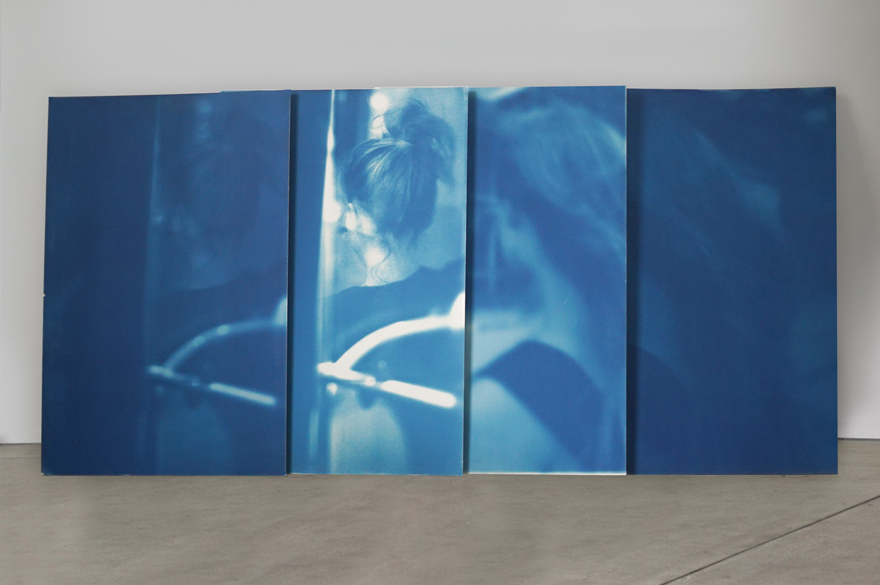 Cyanotype prints on boards, 250x120x30 cm, 2018.
Cyanotype prints on boards, 250x120x30 cm, 2018.
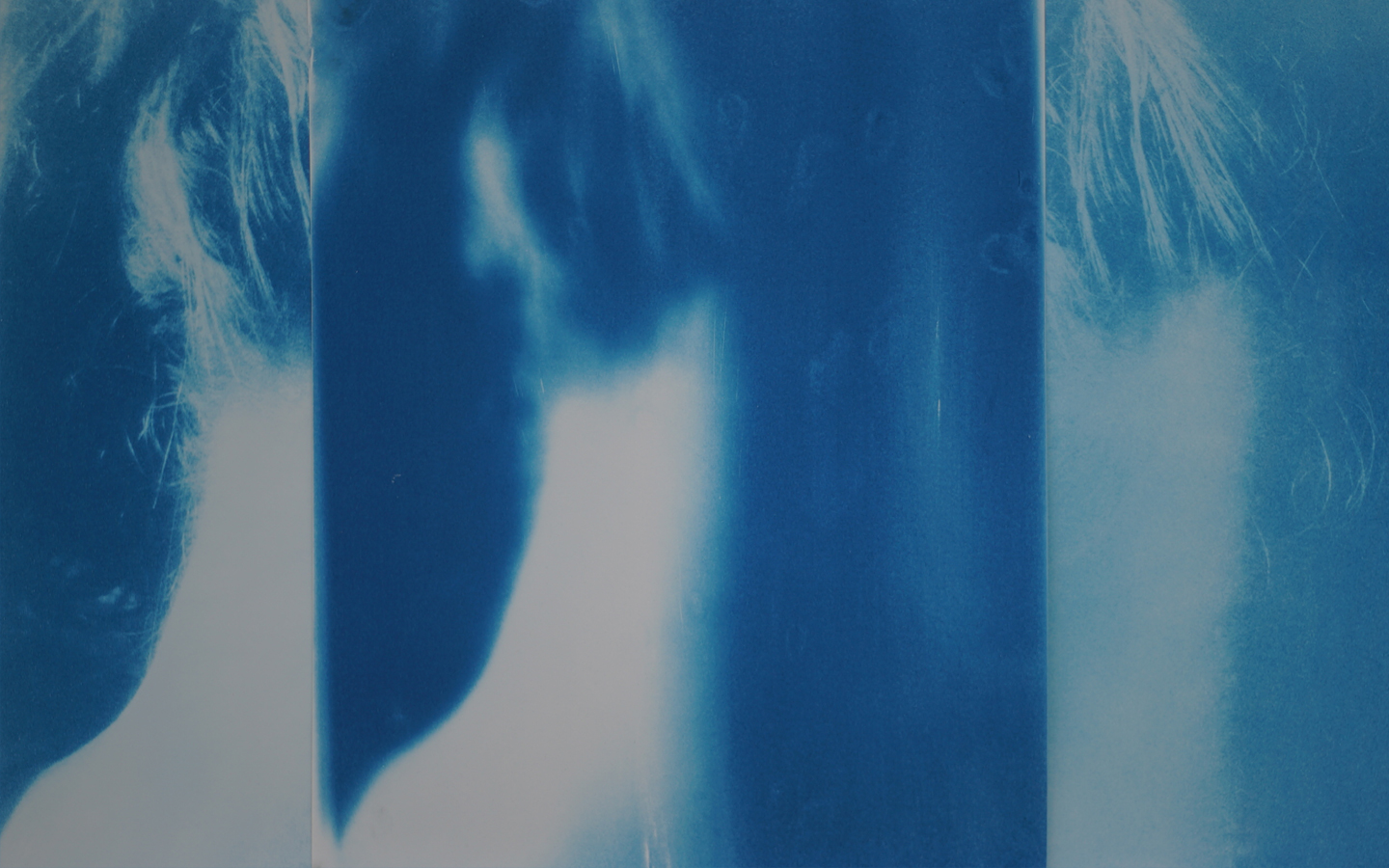 Cyanotype print, 60×28 cm, 2018.
Cyanotype print, 60×28 cm, 2018.
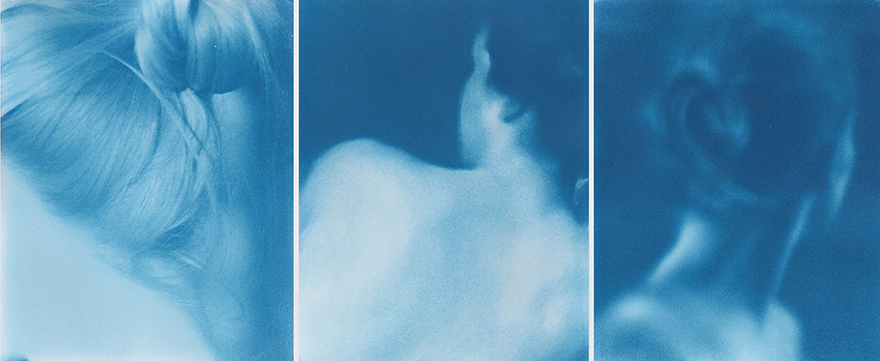 Cyanotype print, 60×20,5 cm, 2018.
Cyanotype print, 60×20,5 cm, 2018.
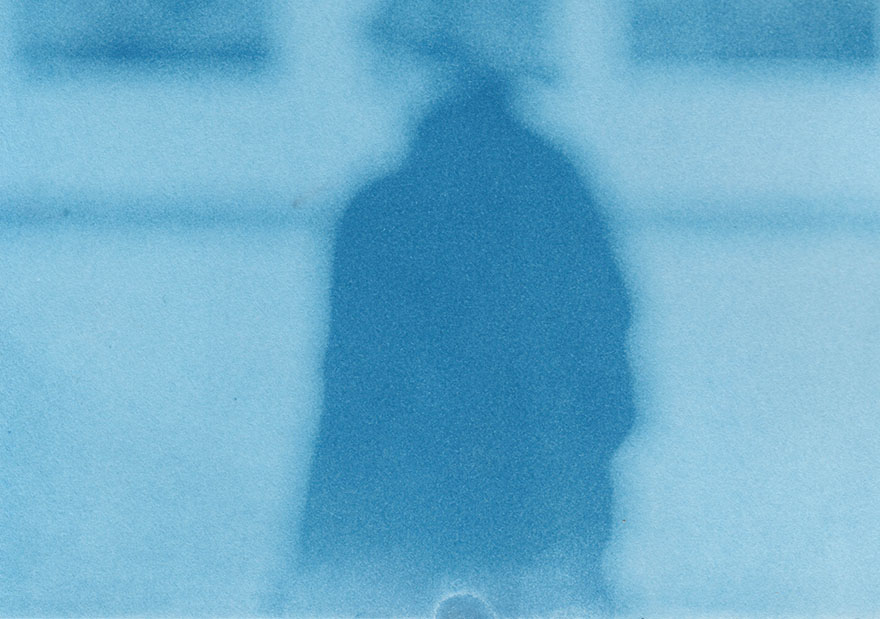
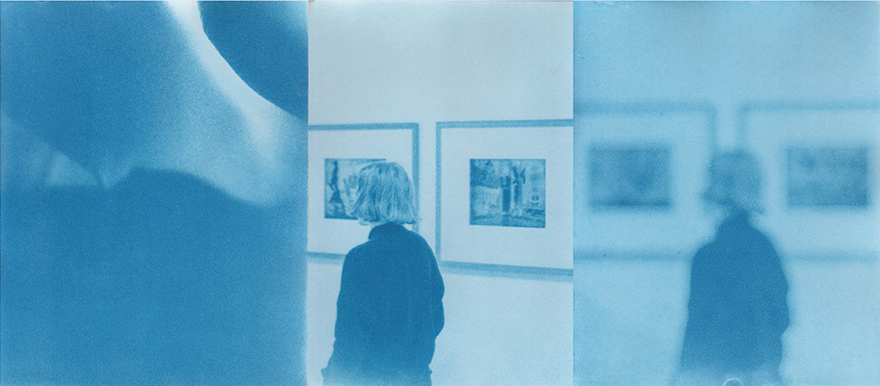 Cyanotype print, 60×20,5 cm, 2018.
Cyanotype print, 60×20,5 cm, 2018.
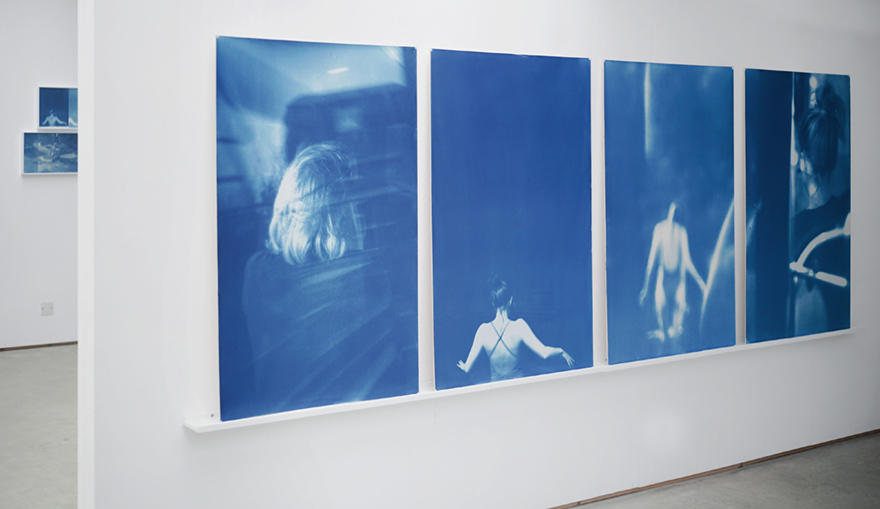 Exhibition view at Galerie des petits carreaux, Saint-Briac, France.
Exhibition view at Galerie des petits carreaux, Saint-Briac, France.
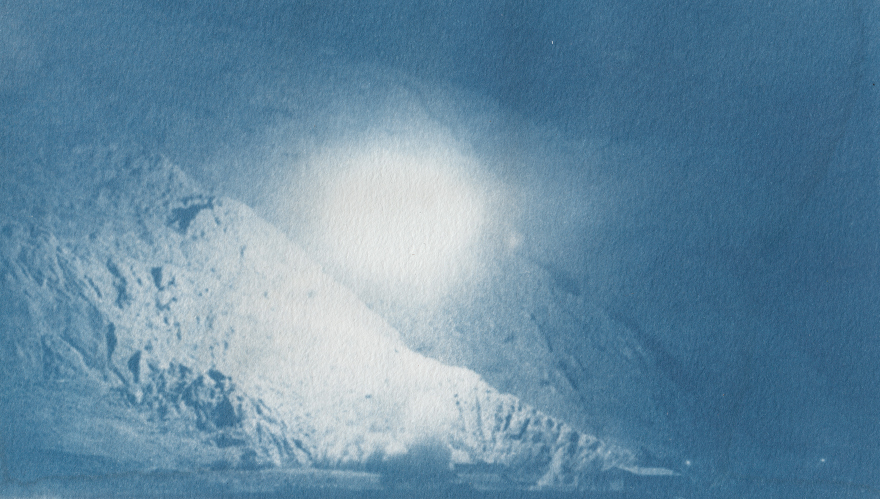
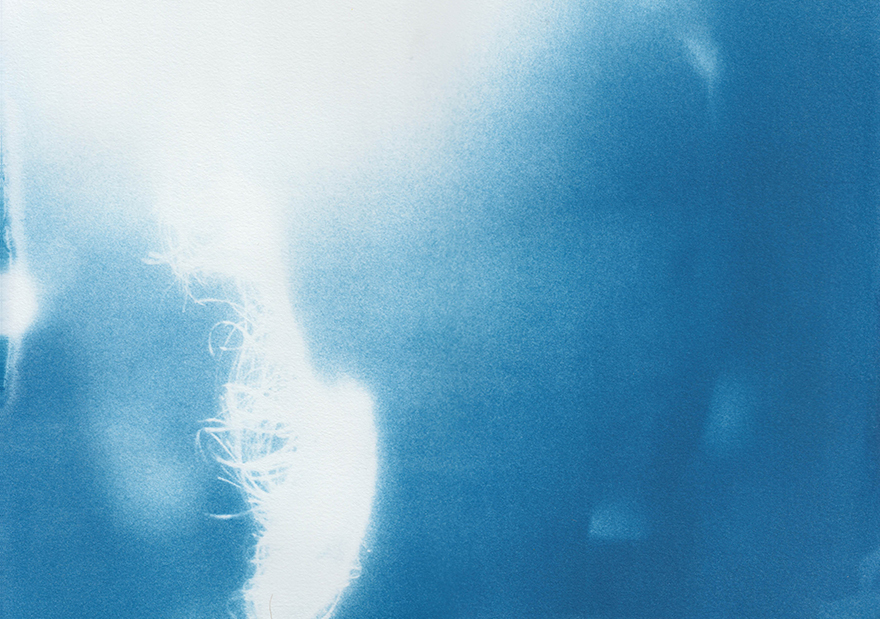 Cyanotype print on 5mm cardboard, 120×80 cm, 2018.
Cyanotype print on 5mm cardboard, 120×80 cm, 2018.
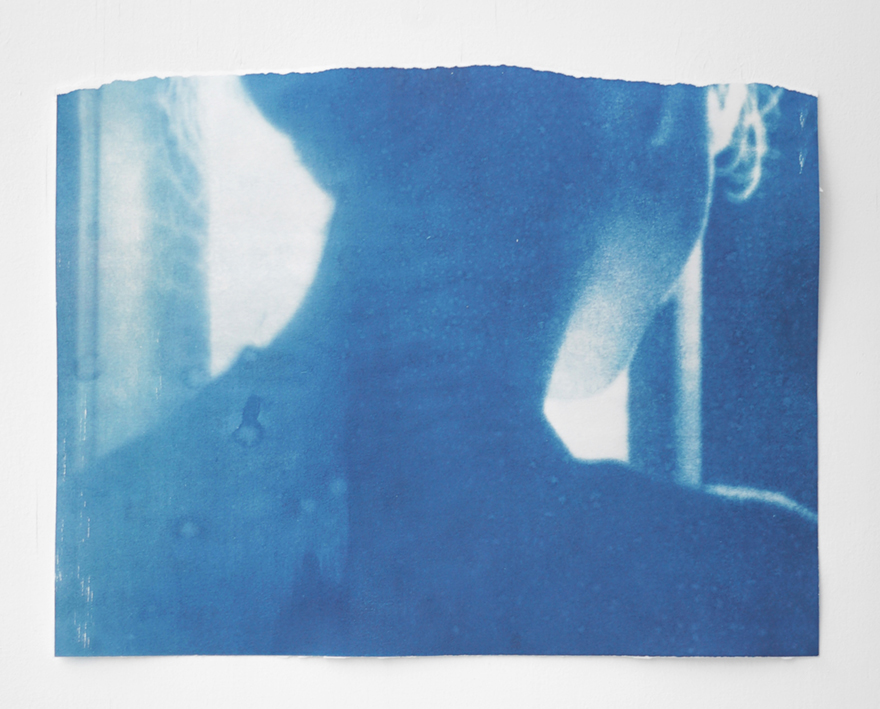 Cyanotype print, 30×21 cm, 2018.
Cyanotype print, 30×21 cm, 2018.
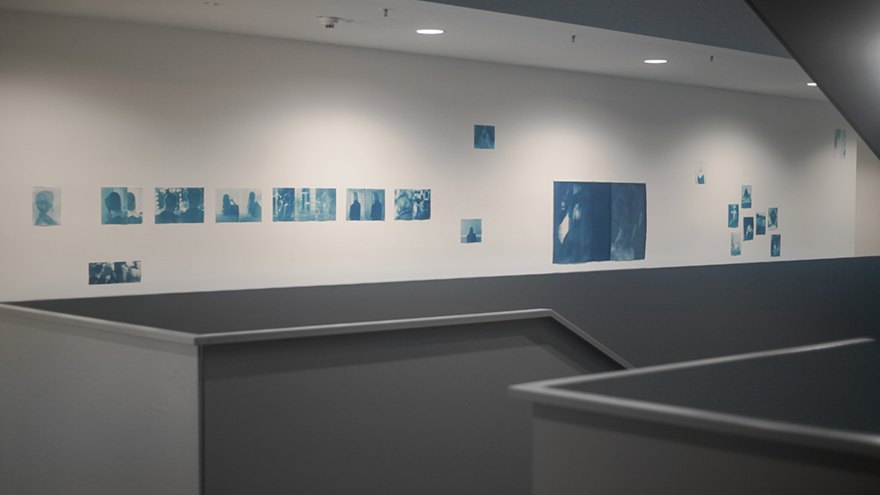 Exhibition view at Galerie 52, Folkwang-Uni, Essen, Germany.
Exhibition view at Galerie 52, Folkwang-Uni, Essen, Germany.
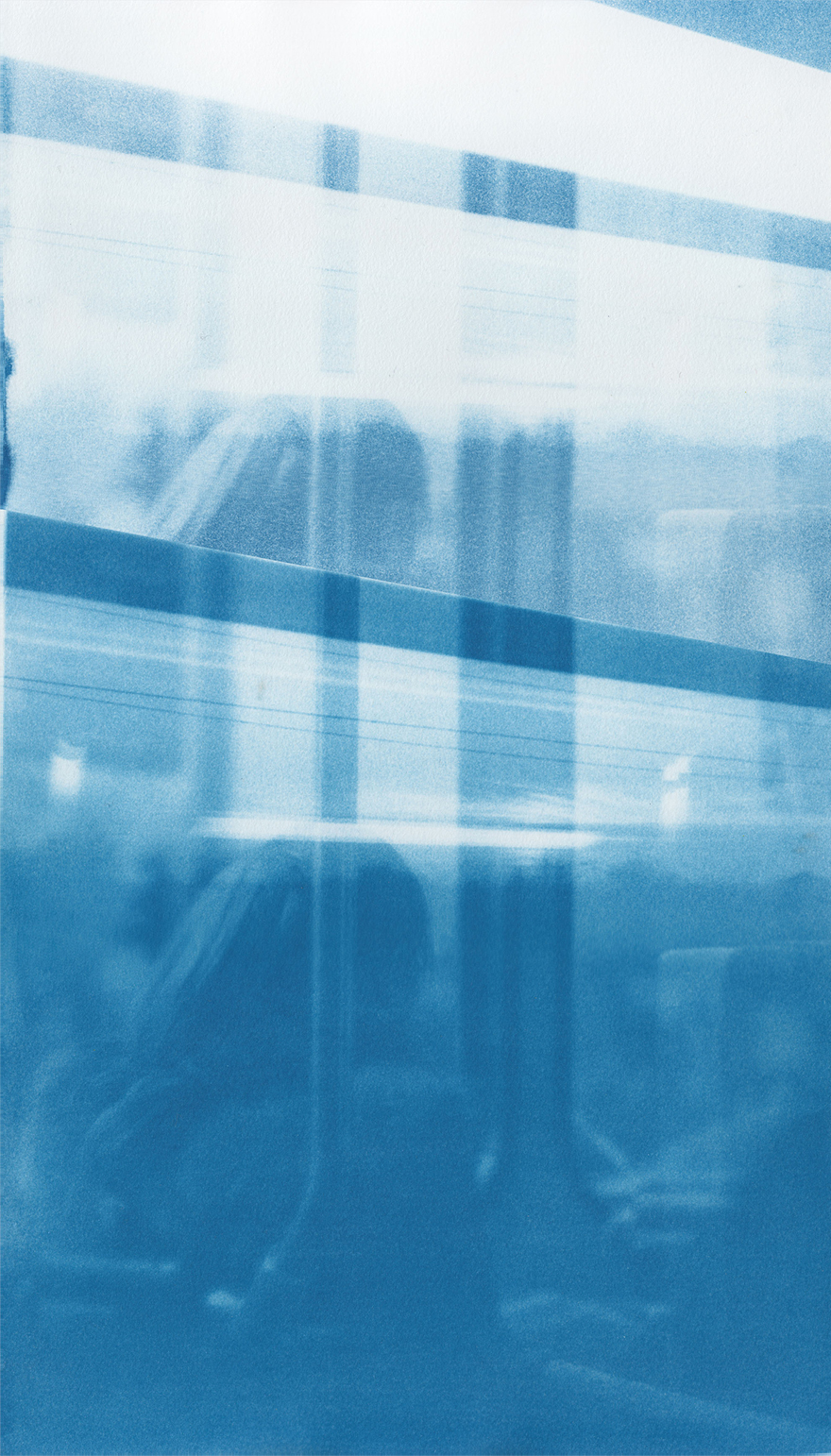 Cyanotype print, 28×50 cm, 2018.
Cyanotype print, 28×50 cm, 2018.
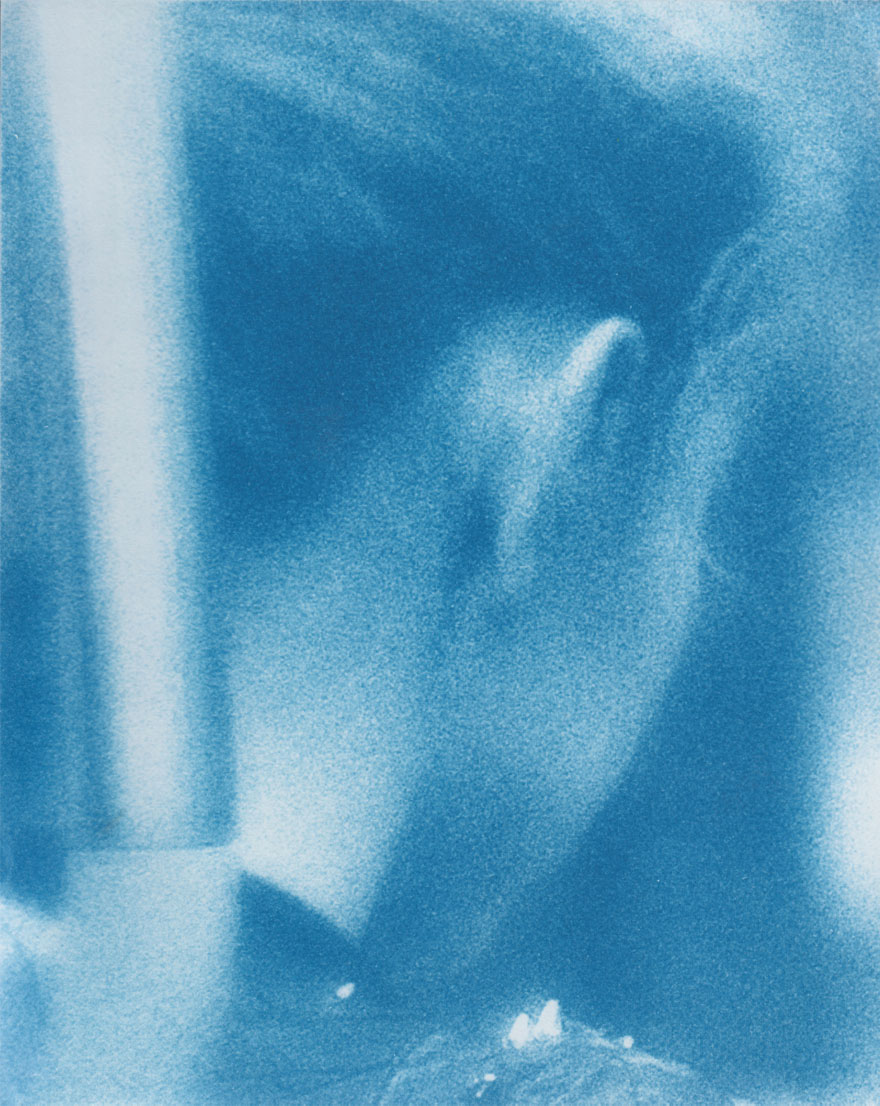 Cyanotype print, 20,5×16 cm, 2018.
Cyanotype print, 20,5×16 cm, 2018.
 Exhibition view at Galerie des petits carreaux, Saint-Briac, France.
Exhibition view at Galerie des petits carreaux, Saint-Briac, France.
 Cyanotype print, 20×350 cm, 2018.
Cyanotype print, 20×350 cm, 2018.
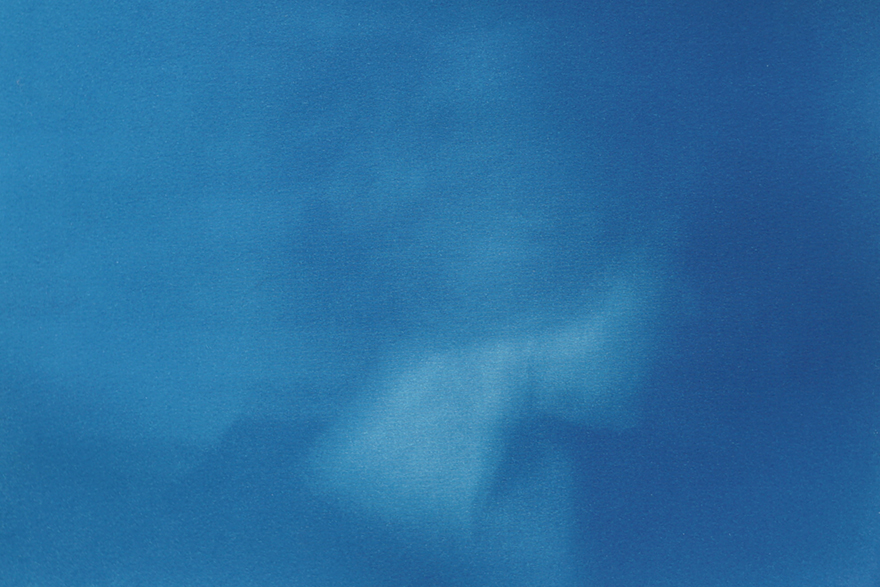 3 secondes of mirror x 12 hours of light, Cyanotype print on 5mm cardboard, 120×80 cm, 2018.
3 secondes of mirror x 12 hours of light, Cyanotype print on 5mm cardboard, 120×80 cm, 2018.
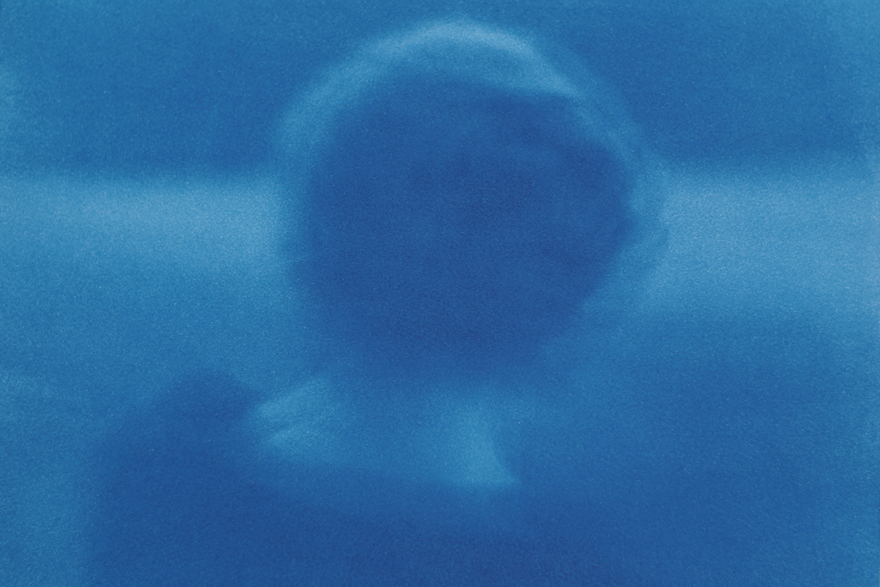 3 secondes of mirror x 12 hours of light, Cyanotype print on 5mm cardboard, 120×80 cm, 2018.
3 secondes of mirror x 12 hours of light, Cyanotype print on 5mm cardboard, 120×80 cm, 2018.
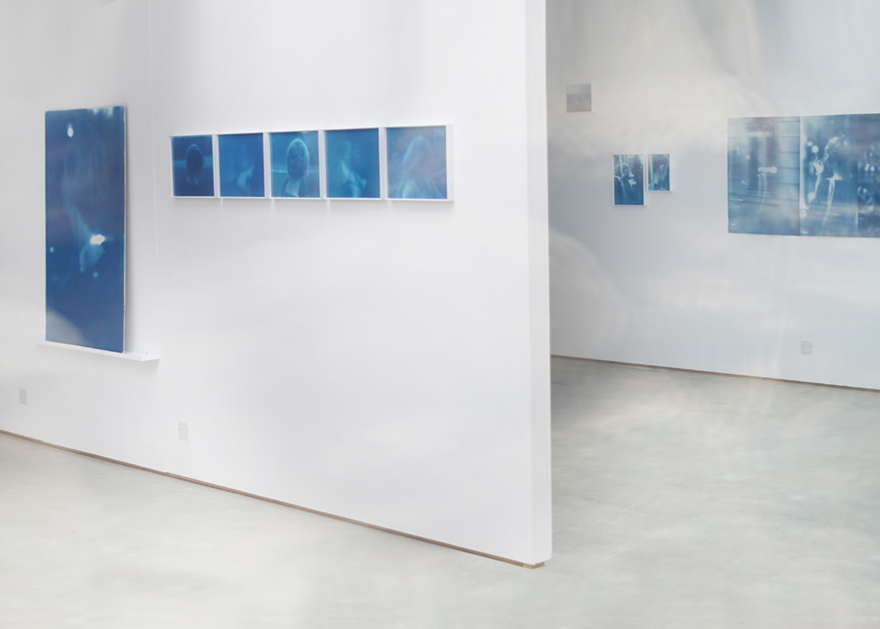 Exhibition view at Galerie des petits carreaux, Saint-Briac, France.
Exhibition view at Galerie des petits carreaux, Saint-Briac, France.
la maison, c’est quoi ? (2016)
la maison, c’est quoi ? 2016
Ce film a été réalisé en août 2016 à La Source la Guéroulde dans le cadre de la résidence un workshop animé par Pooya Abbasian et Victor Coutard.
Le premier groupe d’enfants, âgés de 5 à 13 ans, ont été invités à travailler sur le thème de la maison, Ils ont chacun construit leur propre habitât.
En deuxième partie de résidence, un second groupe d’enfants, âgés de 12 à 16 ans, ont été invités à travailler sur le thème du Selfie/Autoportrait, pour les amener à expérimenter plusieurs techniques de photographie et comparer le selfie moderne à l’autoportrait.
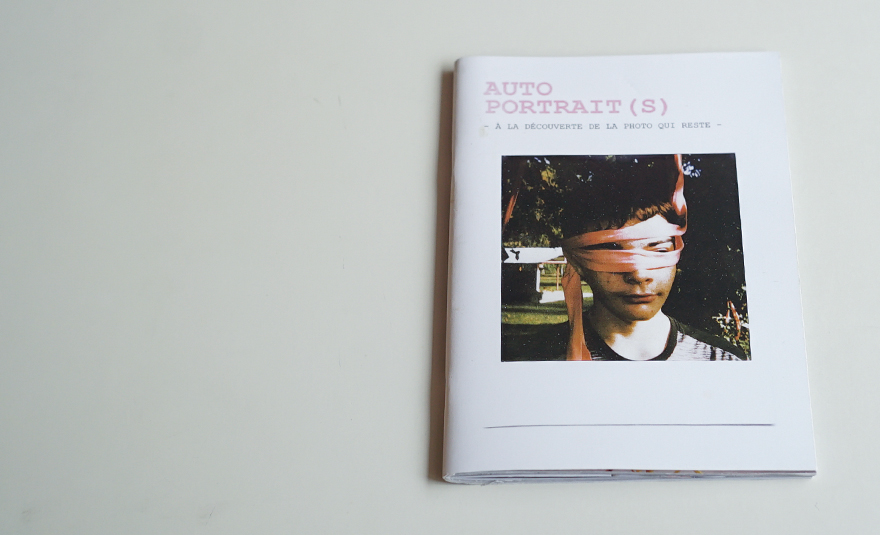
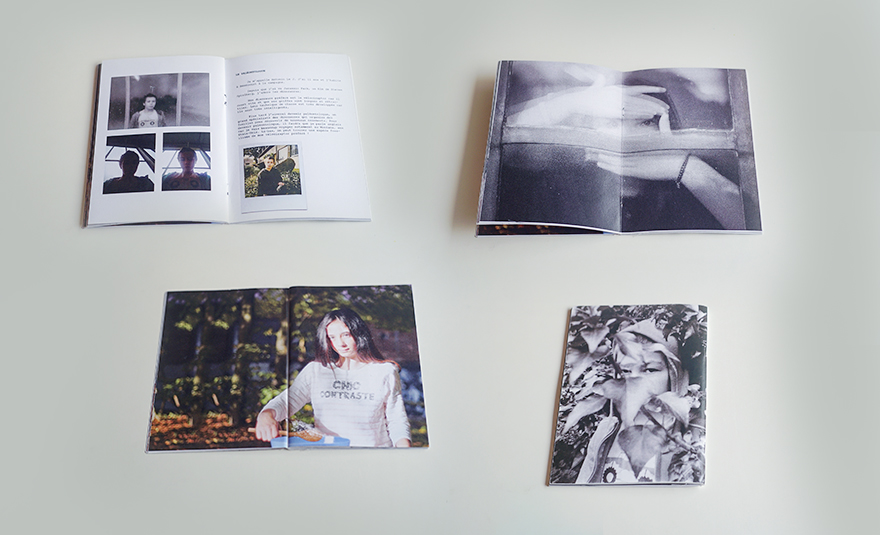
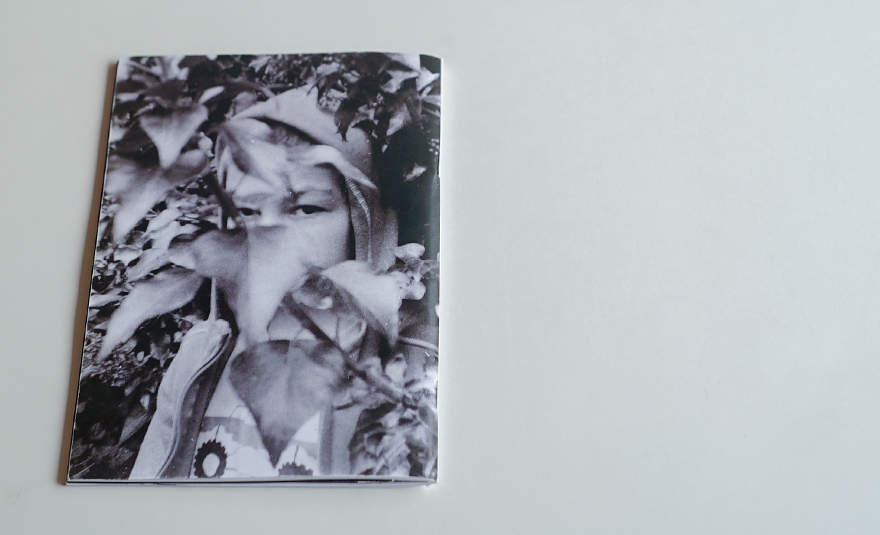 Publication fait par les images réalisé avec les participent.e.s.
Publication fait par les images réalisé avec les participent.e.s.
Je suis claire (2014)
je suis claire (2014)
–
Le choix est la perception, le choix c’est l’autre.
Réalisateur, Image, Montage : Pooya Abbasian
Producteur, Scénario : Victor Coutard – Musique : Pepso Stavinsky (Joli Môme)
Avec (par ordre d’apparition) : Charlotte Robin, Jean Aubertin, Marie du Belot, Kebba Janteh, Béatrice Villemant, Esthèle Girardet, Victor Coutard
Extrait de musiques : nils frahm – Screws – 2012 – Copyright (c) – Erased Tapes Records Ltd.
Wanda Jackson – Funnel of Love – 1961 written by Charlie McCoy & Kent Westbury – Copyright (c) – Capitol records.
Reflections (2017)
reflections
Poster design for “Reflections” project by Aly Ostovar.
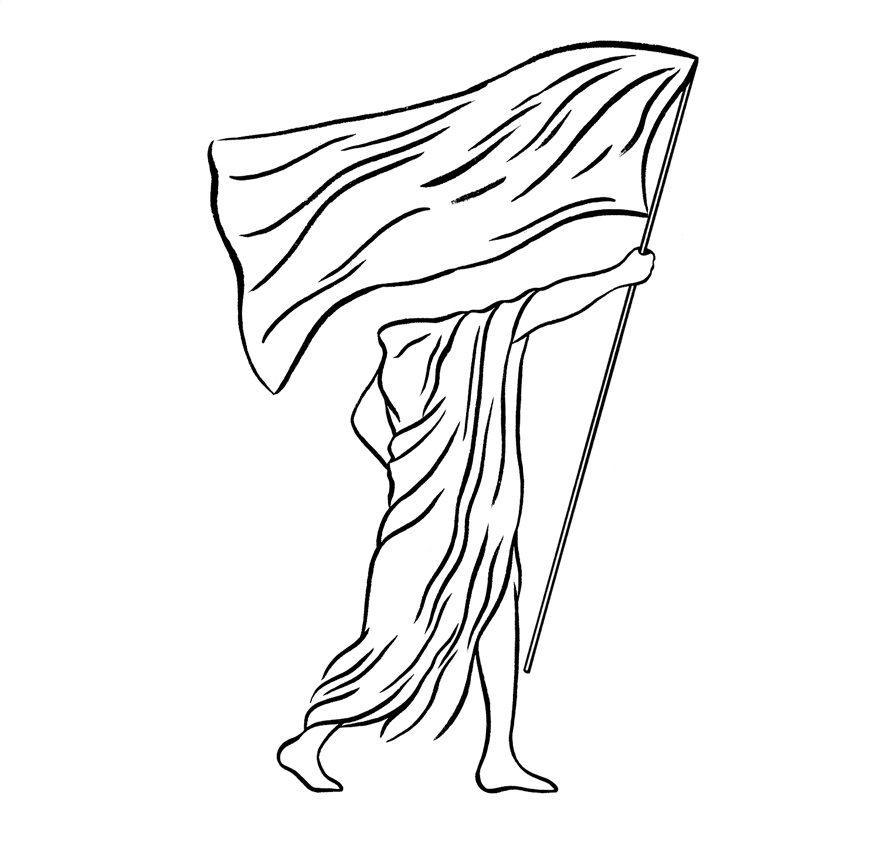

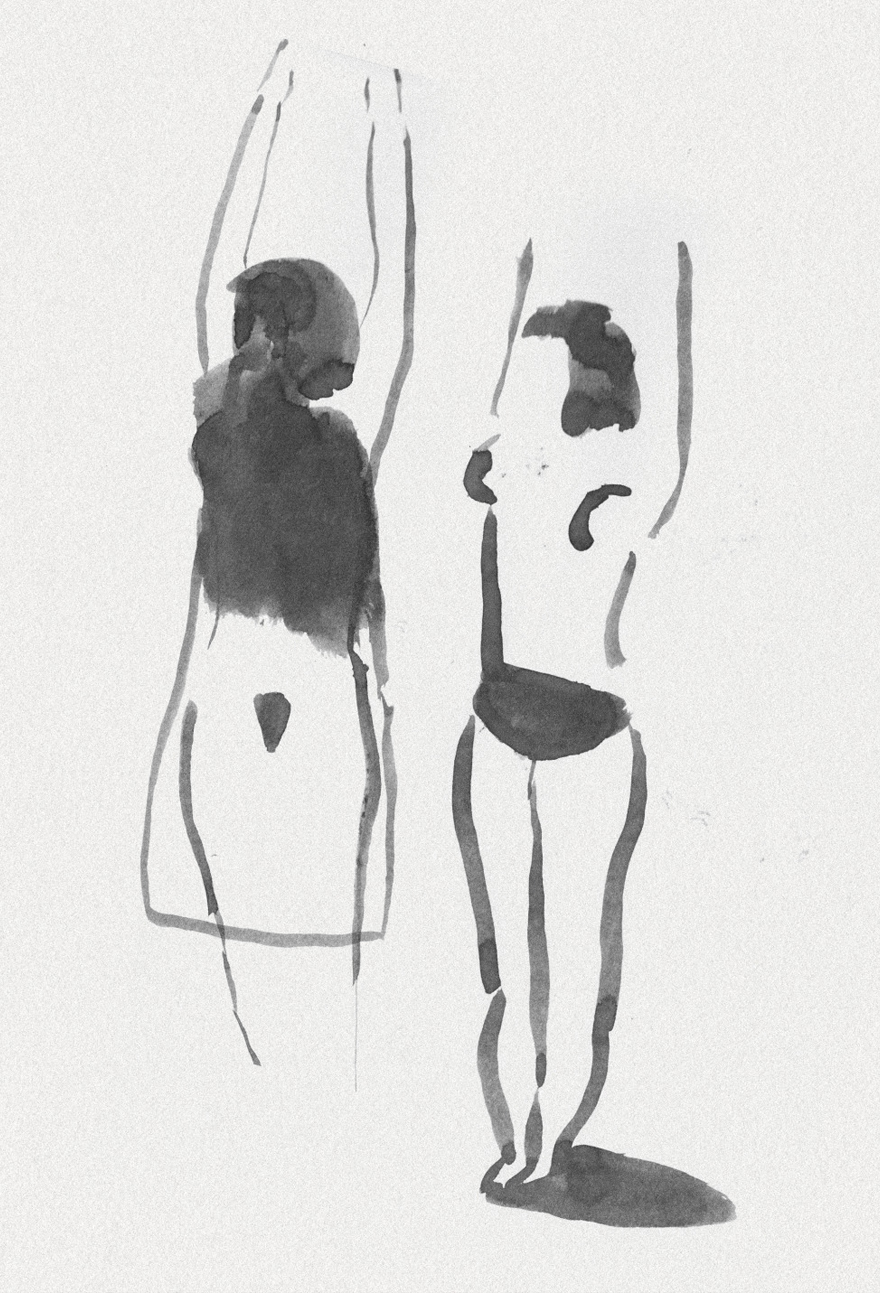
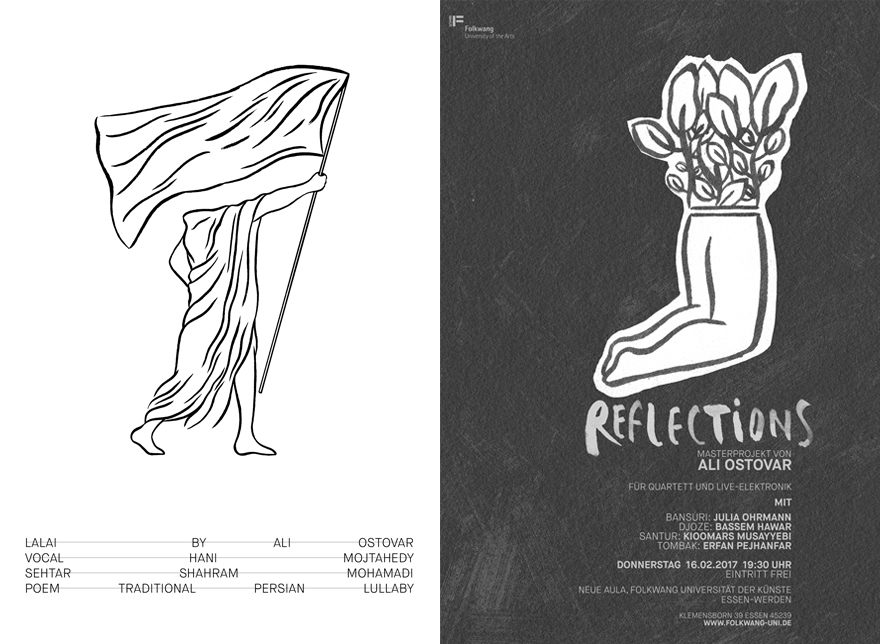
telesm
telesm, 2017
Drawing Installation (Ink on wall, paper and fabric)
Pictoplasma festival, 10-14 May 2017 at KulturKapelen, Berlin, Germany.
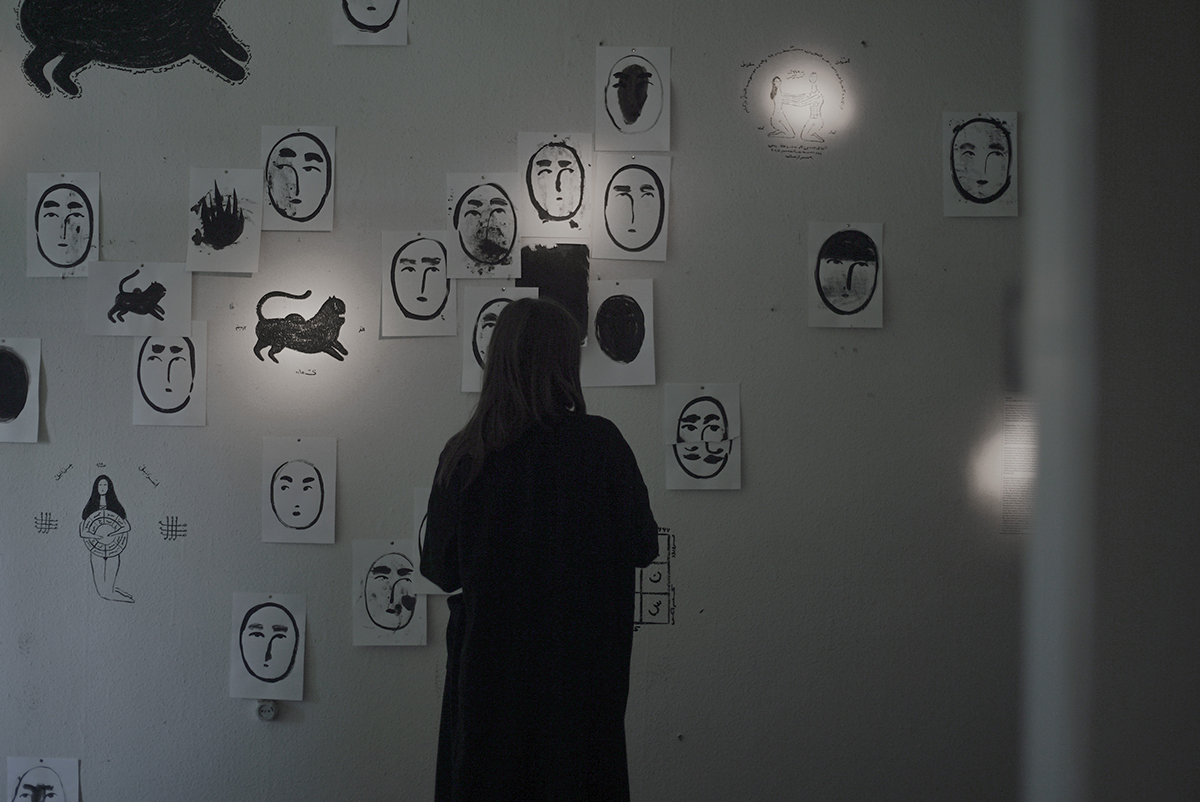
This drawing installation by Pooya Abbasian (born in Iran, 1983), both pervaded by mysticism and topicality, is inspired by ancient Persian talismans (telesm). Fascinated by the modernity of those drawings, Pooya Abbasian revisits them as the roots of his own practice of contemporary drawing and character design. The works exhibited today are the result of a research on plastic features of telesm. They question the artist’s origins, his status as well as the symbolic and contemporary representations of such sacred objects.
Superstition. Our cultures and religions are full of it. Superstition, through various rituals and beliefs, is a way to respond to the need for protection of the faithful. In Islam, telesm had power against the influence of demons and other supernatural beings called jinn. They were objects or simple drawings embellished with Koranic inscriptions, symbols and images, but also astrologic signs: a mix between Islamic faith and a long pagan tradition. Most importantly, and regardless of their origins, telesm are a remedy against existential anxiety and fear of unexpected events.
With this installation, Pooya Abbasian tackles a universal topic in a very personal way. His use of Chinese ink, avoiding any elaborate flourish, echoes existential metaphysical questions that superstition has always been trying to answer artificially yet efficiently. In this religious and mystical context, it’s impossible not to mention the conspiracy theories which are currently thriving on the internet. While doing research on talismans, one can quickly come across websites spreading nebulous rumors involving indifferently Illuminati, Jews, Muslims, “Freemacons” or Jesuits, all guilty of a falsified order of things. Humans need to point their finger at other people who are held responsible for phenomena they cannot understand. A need to justify at any cost. Pooya Abbasian’s telesm, acting as avatars of superstitious beliefs or pagan prayers, are a reflection of an uncertain and hateful context.
Alterity is at the center of this installation. The series of portraits echoes the fragile destinies of the imaginary victims or beneficiaries of these modern talismans. Their features result from the spontaneous inspiration and gestures of the artist. We are both observers and observed, feeling the individuality of each of these portraits. They stare insistently, inhabited by a kind of oriental nostalgia. A wink to the evil eye? A reflection on the status of the artist too.
For several years, Pooya Abbasian has been using photography, among other media, to study the gaze and its limits. The theme of voyeurism has fed a long-term research that is somehow continued through this installation. He questions his relation to the muse, his submission to the artistic intention and revives the classical debate on the position of the artist, challenger of God, the original Creator. The talisman embodies this ambiguity: its magical properties come directly from his maker, who draws a link between the secular world and the sacred sphere. Religious men were also among the very few who were able to read and write, what used to be considered as a sort of magical power. Inspired by these objects, he pays a paradoxical tribute to his origins. He celebrates his artistic and cultural heritage while putting into perspective their sacred features, suggesting he has doubts on the liberating nature of religions – as shows the cynical tranquility of this huge undulating cat.
Clementine Proby
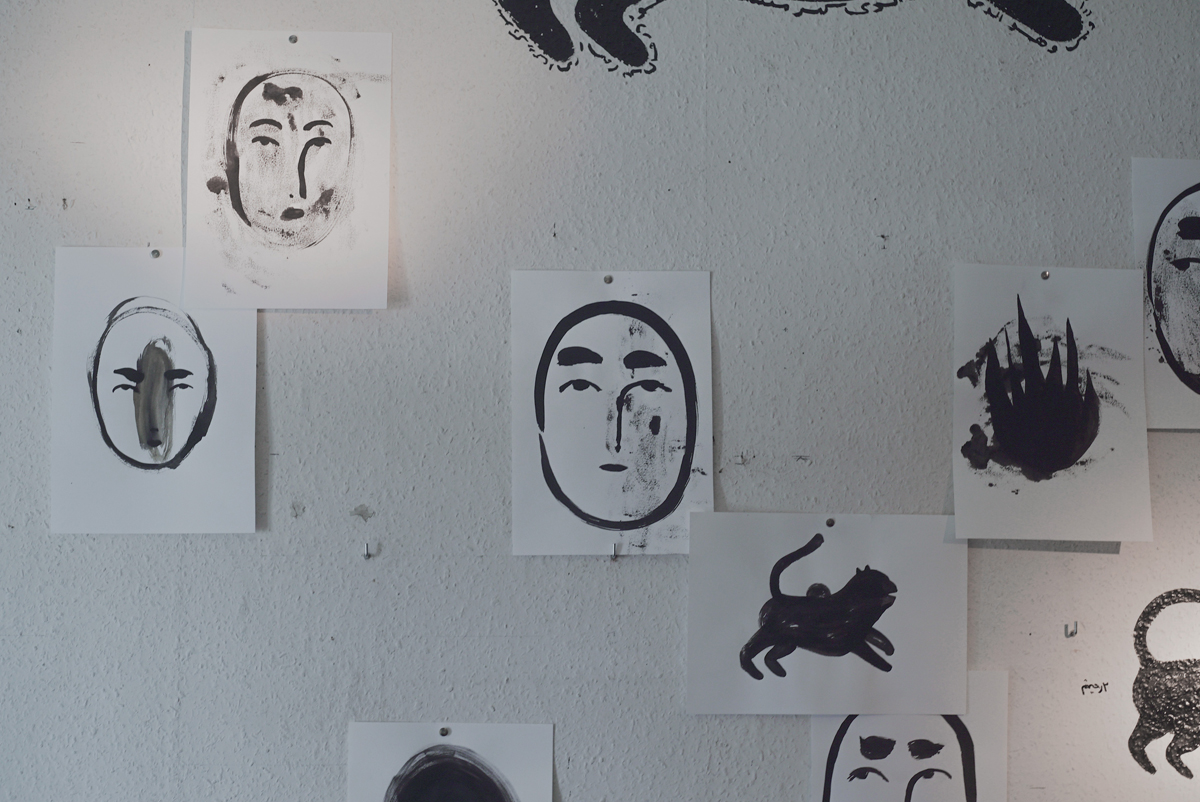
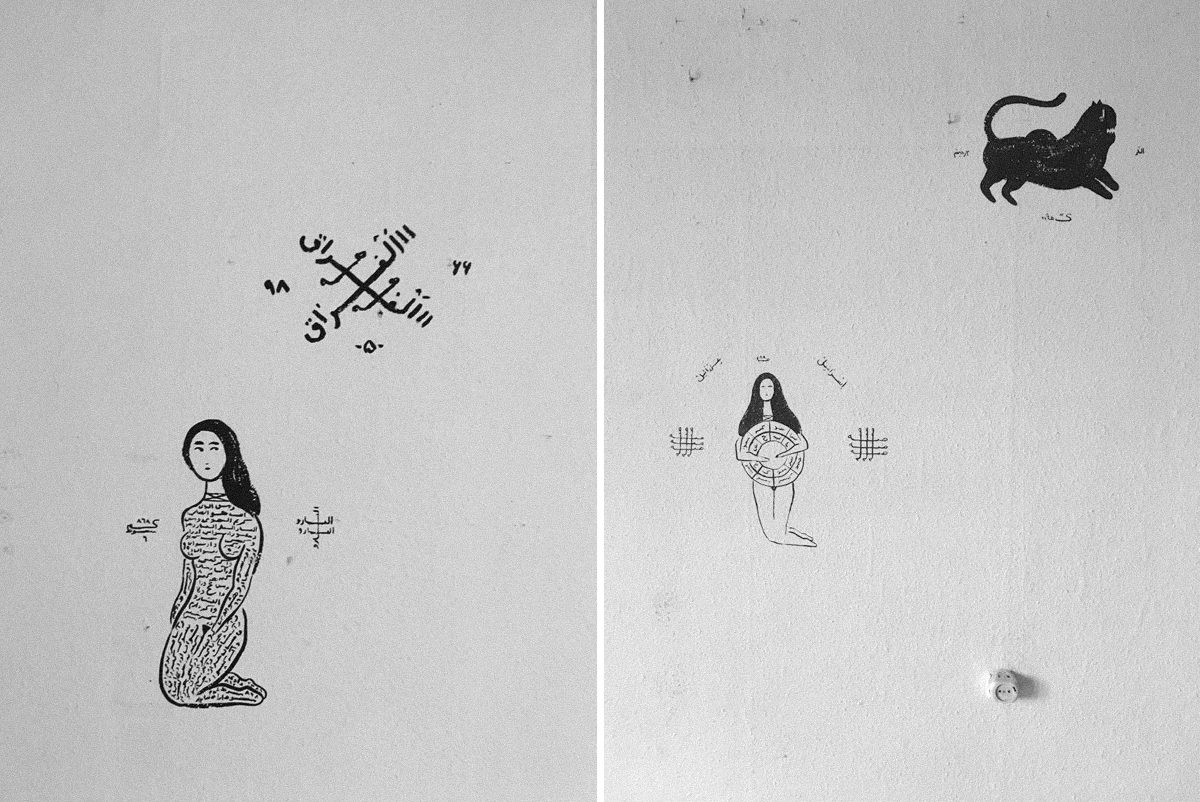
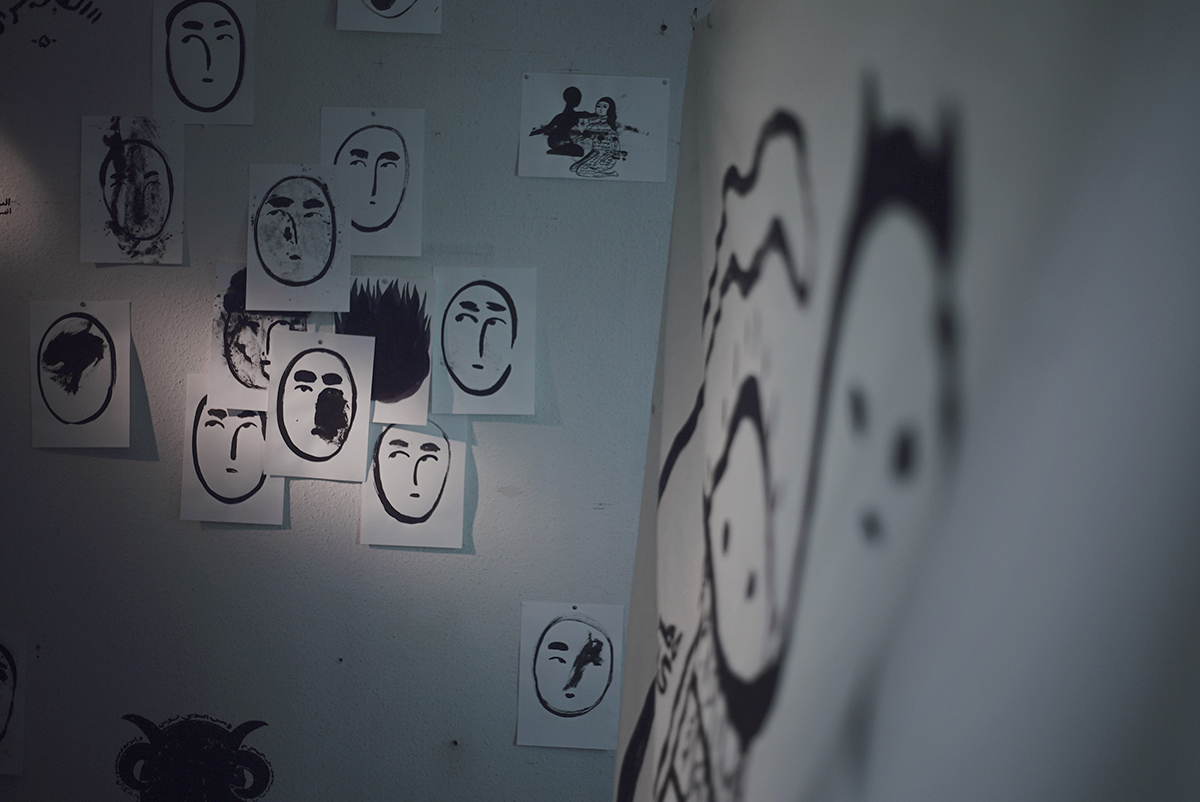

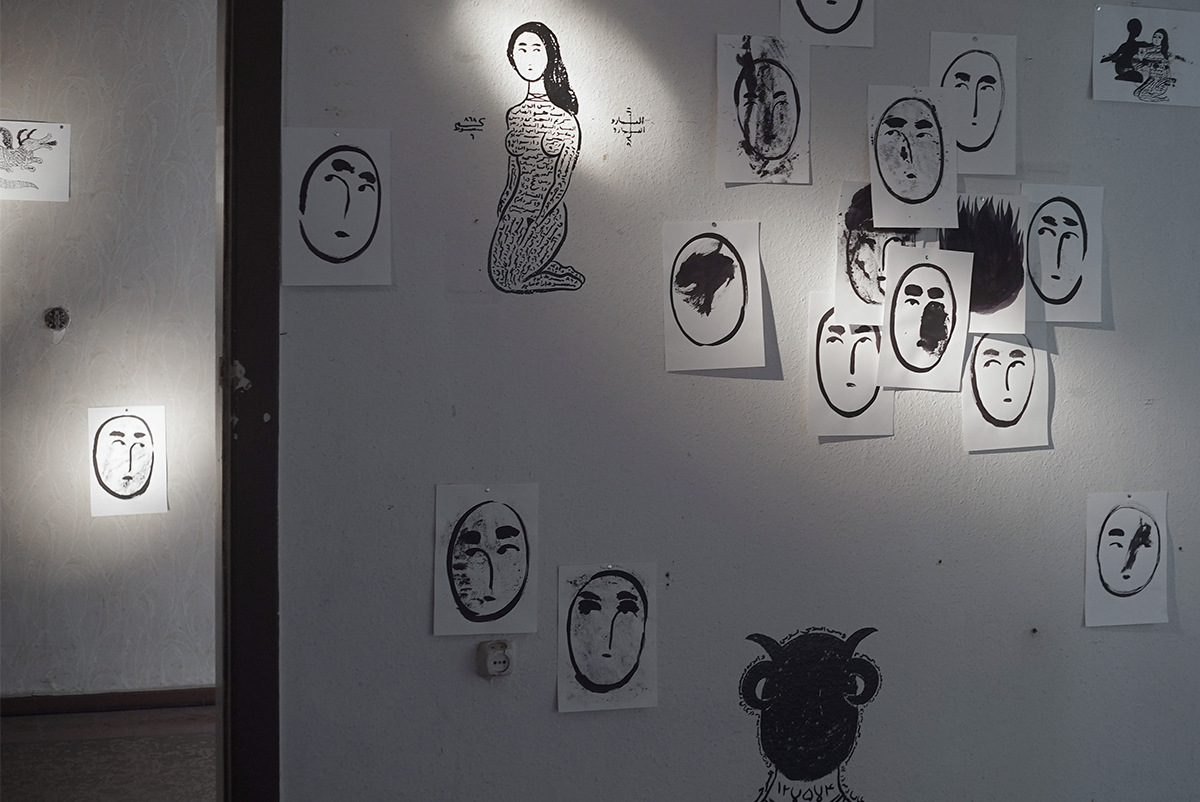

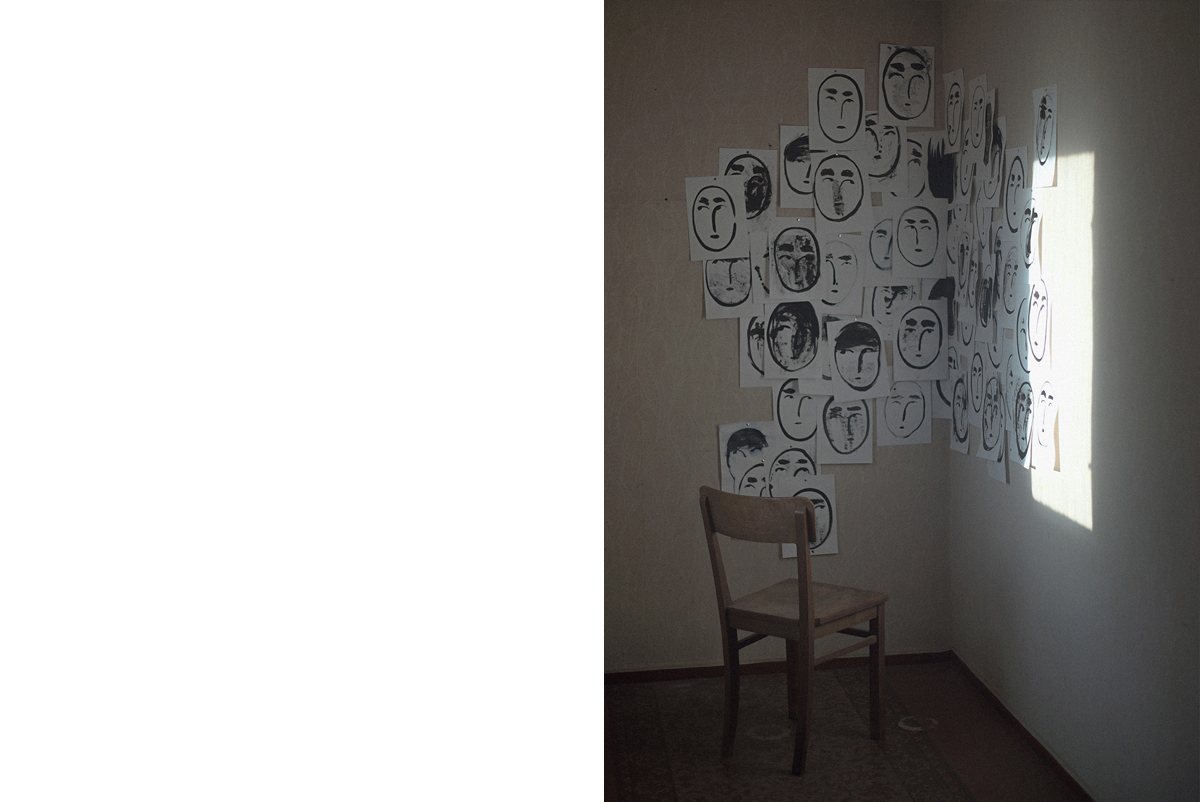
L’incroyable aventure de la génétique (2018)
L’incroyable aventure de la génétique (2018)
Victor Coutard, Pooya Abbasian
Publié chez Nathan
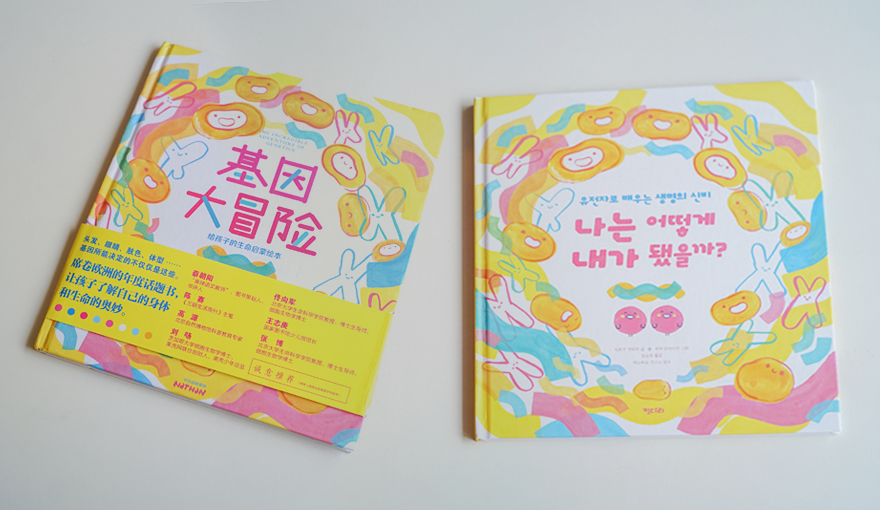
Nathan : Un récit coloré et vivant en collaboration scientifique avec l’Institut Pasteur pour découvrir les bases de la génétique.
Deux petits monstres jumeaux, Noël et Léon, se demandent pourquoi ils se ressemblent tant et sont pourtant très différents. Ils vont interroger le Professeur Watson qui leur explique comment fonctionne l’hérédité, les gènes, l’ADN, les vrais et les faux jumeaux, et en quoi notre façon de vivre influence notre code génétique !
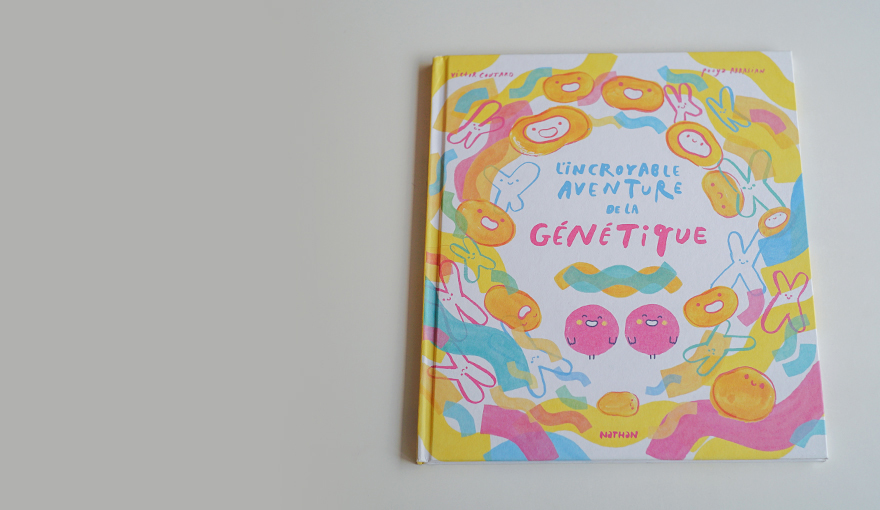
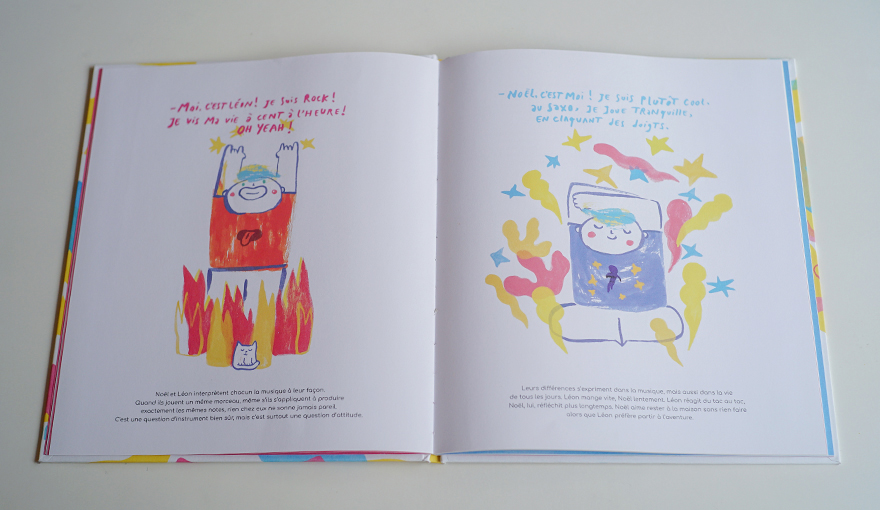
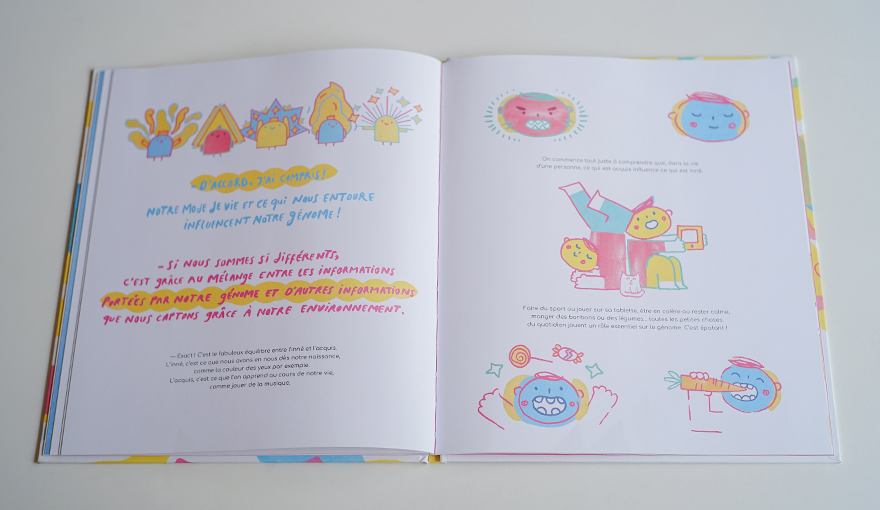
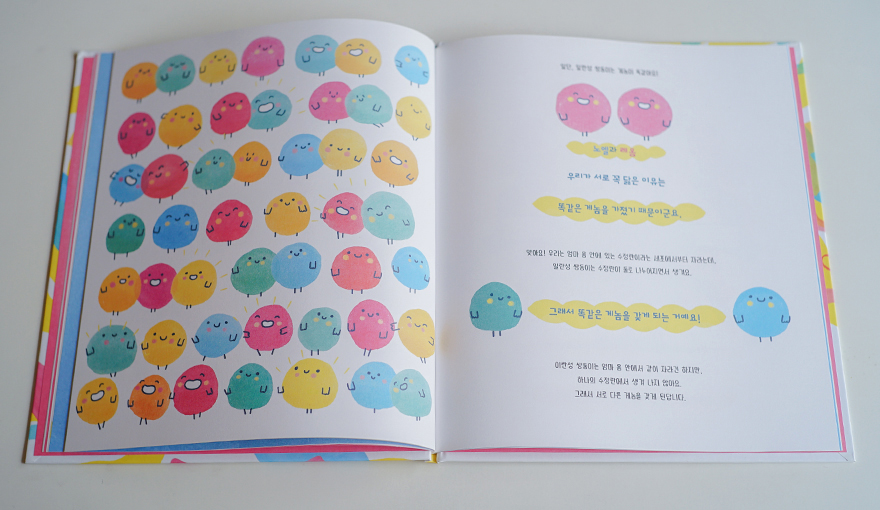
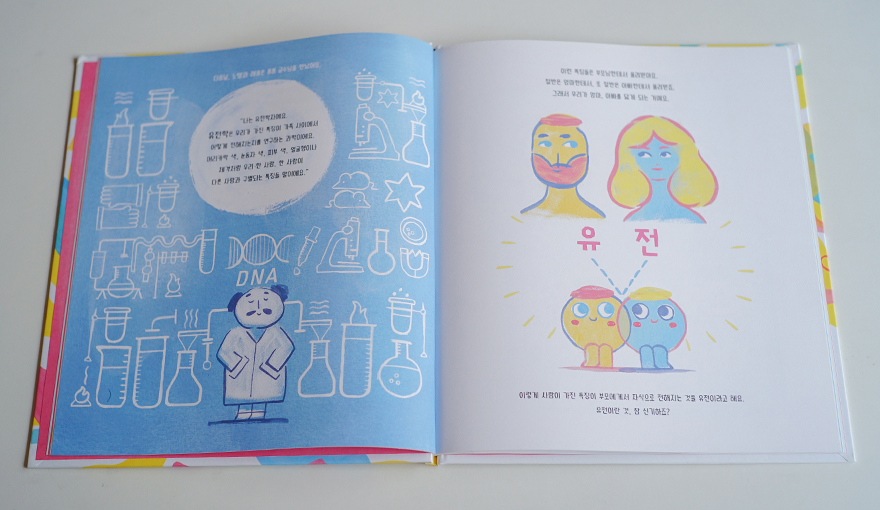
BirdPen – Nature Regulate (2012)
Nature Regulate (2012)
The lyrics stem from thoughts about the modern world we are living in. How data, television and the speed of technology is building up over landscapes, creating new metropolises. Knocking on all our doors, there is no escape. In the end perhaps only nature will be able to regulate against its enemies and the world that it’s created.
The video reflects the lyrics and the sense of trying to save something, whether it is ourselves, a friend, a place of comfort, or the world we live in. The tension in the music is captured by the main character trying to save his world and let Nature Regulate.
Dave Pen
Video animated & directed by Pooya Abbasian
With collaboration : Farshid Monfared & Faraz Abbasi
Music by: BirdPen(Dave Pen & Mike Bird)
Selected Festival Screenings :
Festival du film court de Lille (Lille – FRANCE)
20. ITFS 2013 (Stuttgart – GERMANY)
Northwest 2013 (Portland – USA)
Pictoplasma 2013 (New York – USA)
Scratch 2013 (Lecce – ITALY)
Tehran AnimaFest 2013 (Tehran – IRAN)
ITF 2013 (Cyprus – CYPRUS)
Anim’est 2012 (Bucharest – ROMANY)
SUPERTOON 2012 (Sibenik – CROATIA)
Fest Anca 2012 (Zilina – SLOVAKIA)
Pictoplasma 2012 (Berlin – GERMANY)
Jafar Panahi

Poster for No Bears by Jafar Panahi and Mojtaba Mirtahmasb.
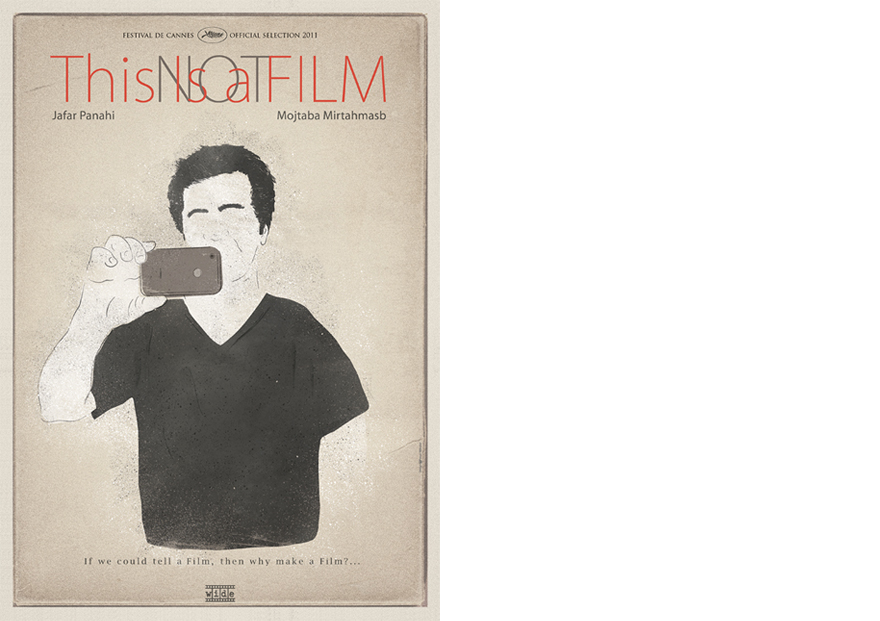
Poster for This is not a film by Jafar Panahi and Mojtaba Mirtahmasb.
Poster for Taxi by Jafar Panahi
BirdPen – Equal Parts Hope and Dread (2015)
Equal Parts Hope and Dread (2015)
EQUAL PARTS HOPE AND DREAD, YOU GET ONE LIFE AND THEN YOU’RE DEAD.
Director – Concept – Edit: Pooya Abbasian
Director of photography: Benjamin Rufi
With: Mégane Lemiel & Yohan Campistron
Producer: Pooya Abbasian
Production: Victor Coutard
Music: BIRDPEN – Album: In the company of imaginary friends
Label: Fintage Music / JAR Records
Poulpes (2018)
Les Poulpes Futurs Maitres du Monde (2018)
Claire Lecoeuvre, Pooya Abbasian
Publié chez Actes-sud Junior
Les Poulpes sur Libération 20minutes
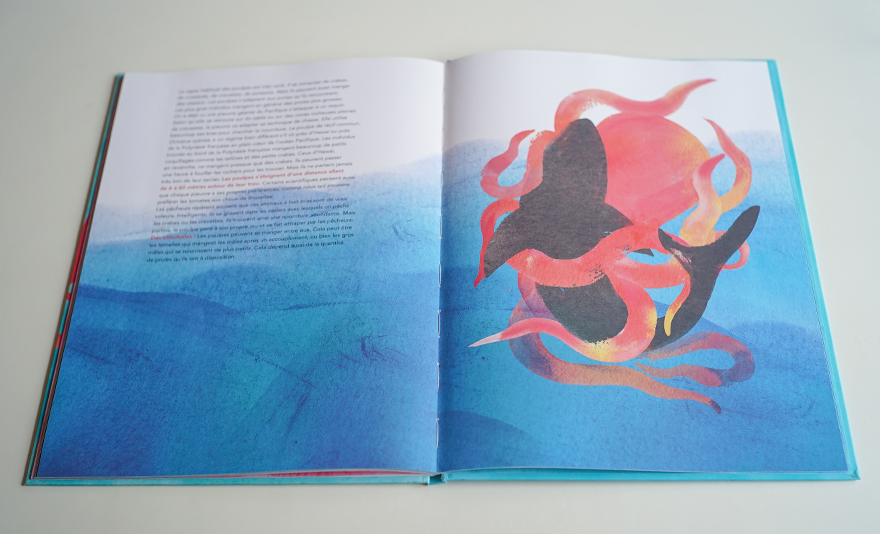
Actes-Sud : Cet invertébré à huit tentacules, tout mou et très intelligent, a toujours intrigué l’homme. Les scientifiques ont pu constater à travers de nombreuses expériences qu’il dispose de capacités semblables à celles de certains mammifères. Depuis plusieurs années, le nombre de ces animaux augmente dans toutes les mers du globe, car ses prédateurs, en particulier les poissons, disparaissent. Que serait un
monde plein de poulpes… ?
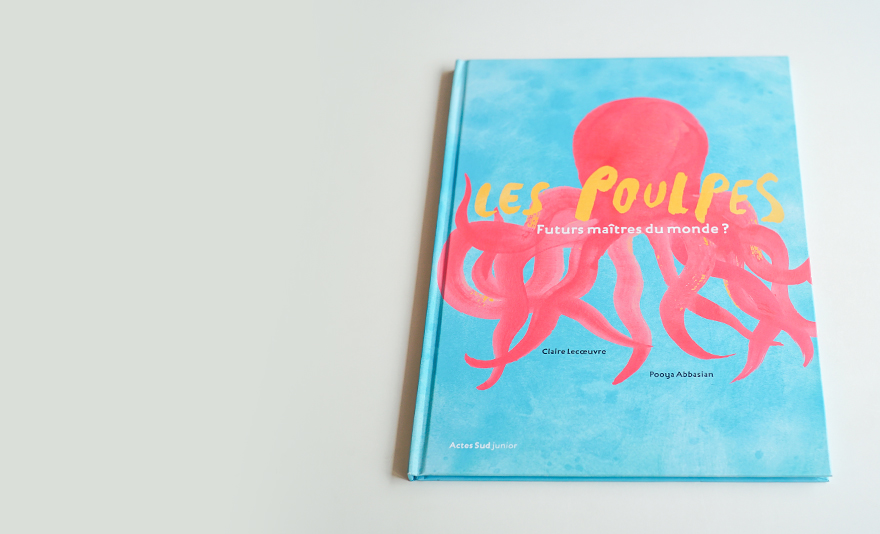
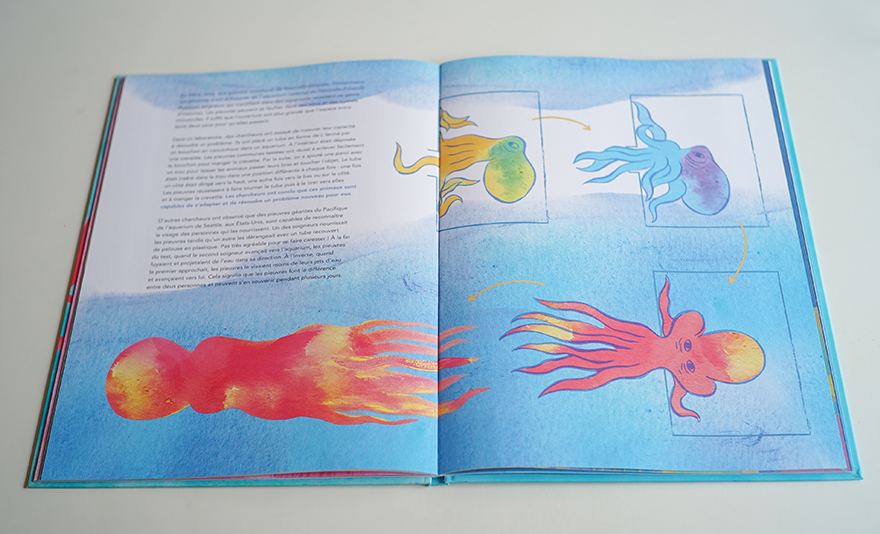
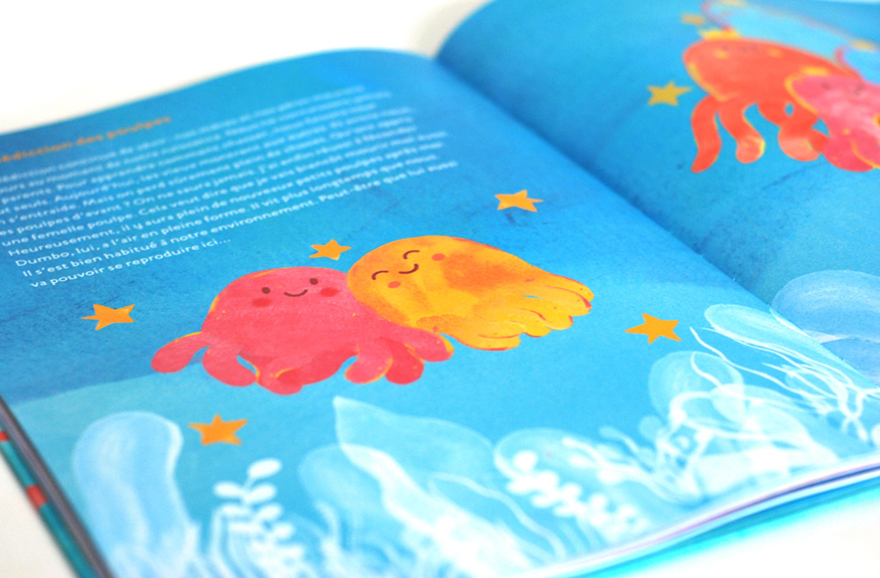
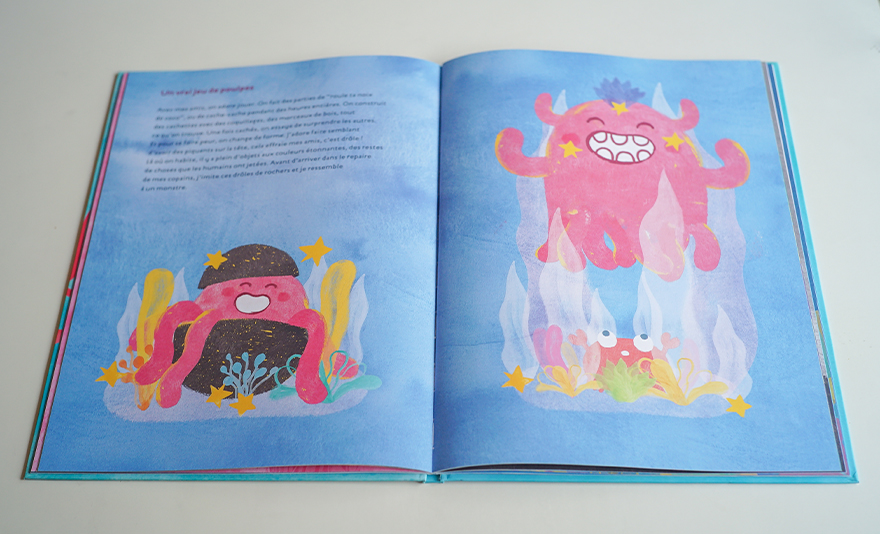

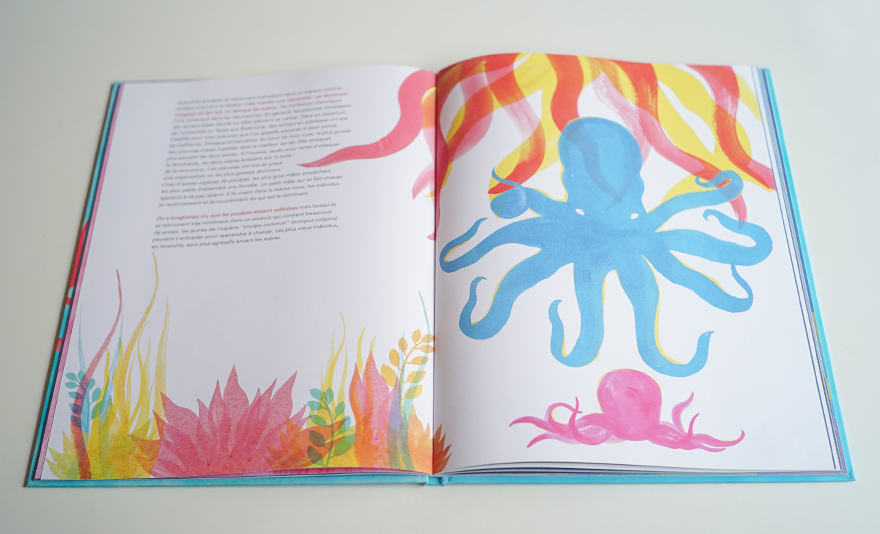

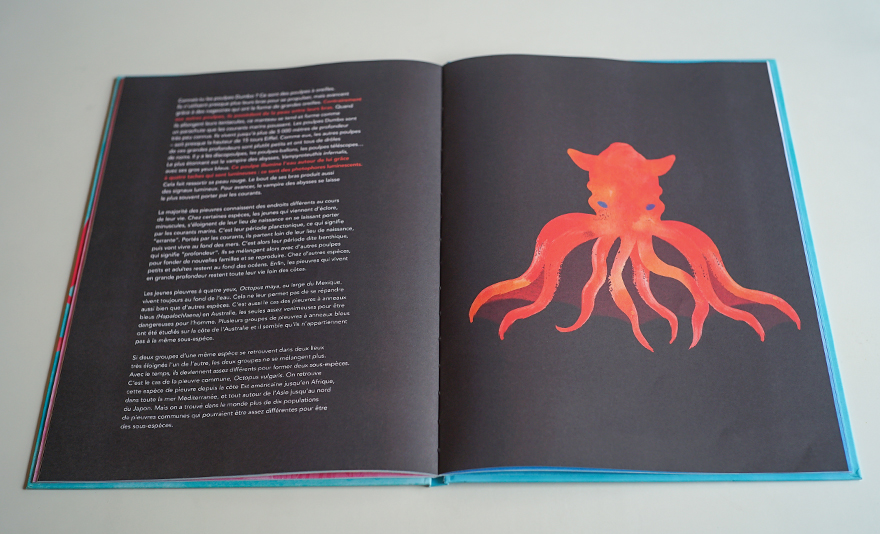
Un Arbre pour Ami (2016)
UN ARBRE POUR AMI (2016)
Victor Coutard, Pooya Abbasian.
Publié chez GALLIMARD
Un Arbre Pour Ami sur Milk Magazine, Doolittle Magazine, Culturement Votre
Un petit enfant solitaire trouve refuge dans un arbre magnifique où il rencontre ses truculents habitants. Oliver de Terre, le ver de terre, explique comment lui et toute sa famille fabriquent de la bonne terre. L’Abeille Italienne, artiste farfelue, s’est réfugiée dans ce bel arbre car elle ne supportait plus les fleurs traitées. La Grenouille Rieuse, qui est très sérieuse et érudite, gobe les insectes. Le Crapaud Masqué, véritable gourou, guérit la chauve-souris somnambule qui dort à l’étage du dessus. Tout se termine par une belle fête au pied de l’arbre avec le petit enfant et ses nouveaux amis!




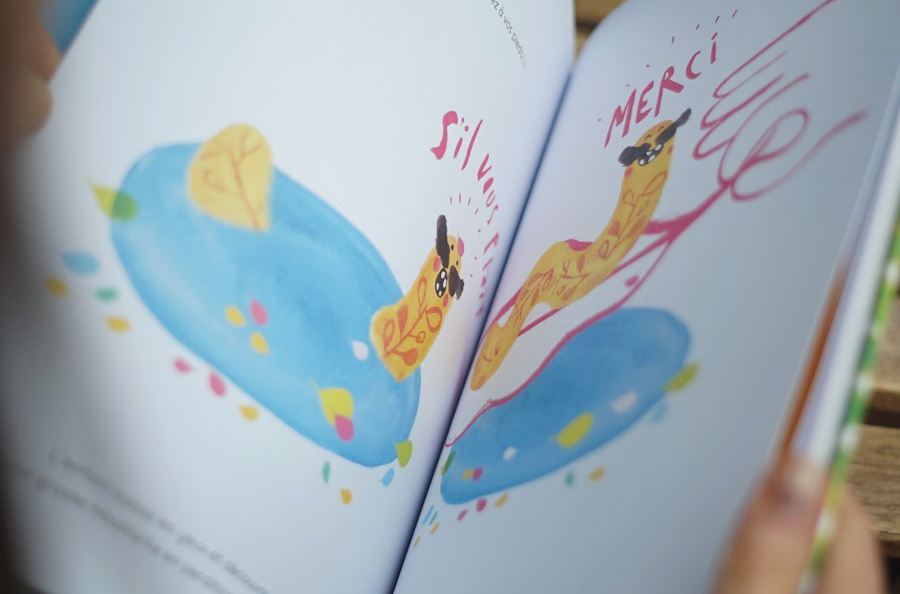






Abby-Monsters (2013)
Monsters (2013)
This is the story of Abby, an isolated girl who has been submerged in the world of her own turmoil and paranoia, where the line between reality and nightmare is growing thinner and thinner.
Director: Pooya Abbasian
Production: Magnitude
Animation / Character Modeling: Joanne Smithies
Character / Environment Design: Pooya Abbasian
Texturing / Rendering / Environment Modeling: Faraz Abbasi
Post production: Faraz Abbasi / Pooya Abbasian
Rigging: Guillaume Ferrachat
Producers: Fritzi Nicolaus & Reza Dolatabadi
Story: Pooya Abbasian
Music: ABBY
Album: Friends and Enemies
Label: Universal Music
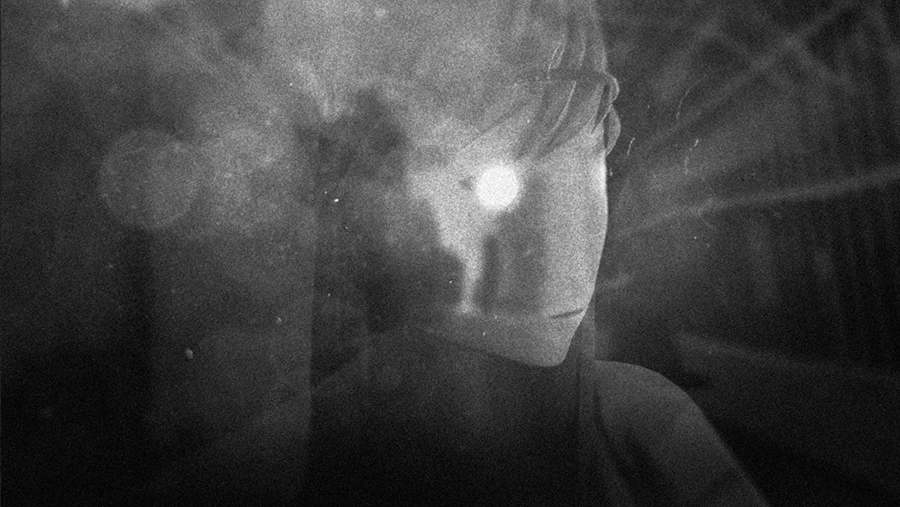

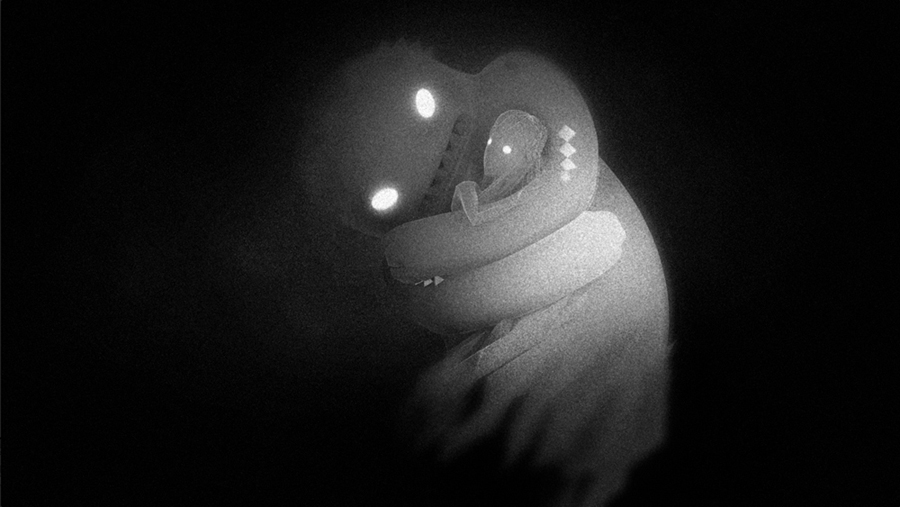
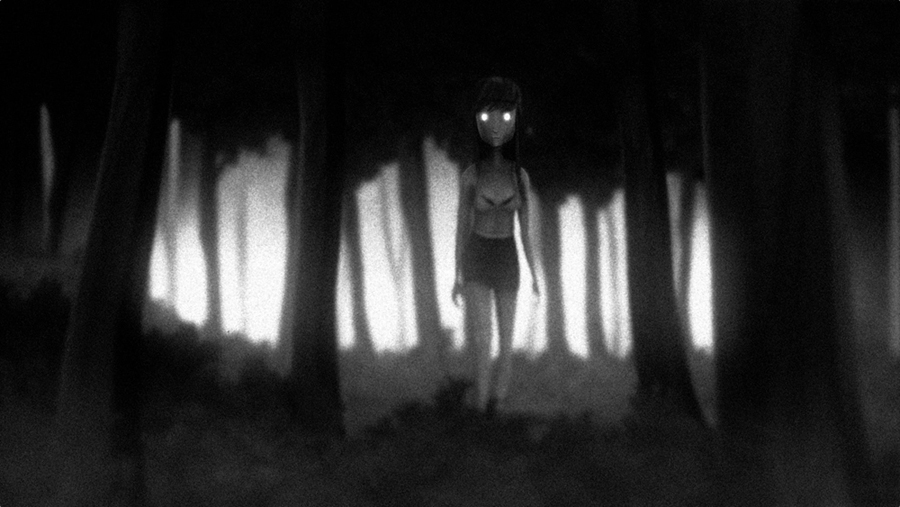
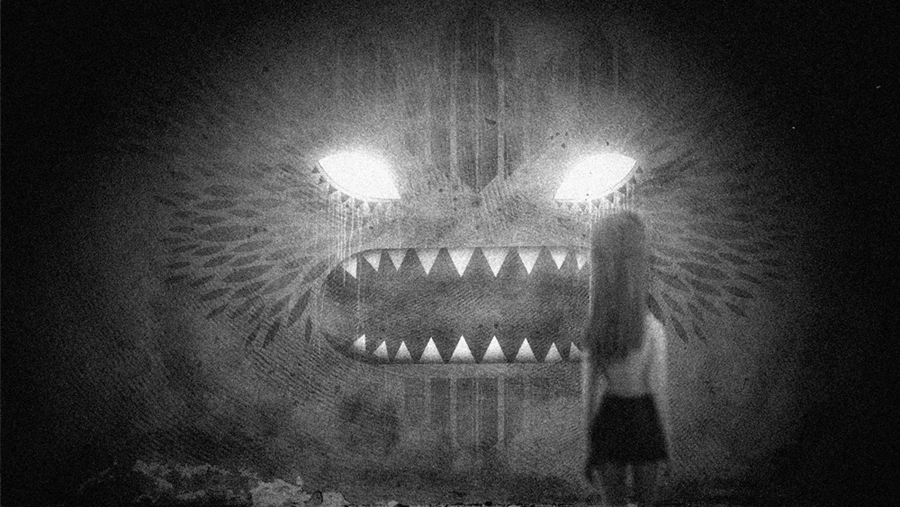
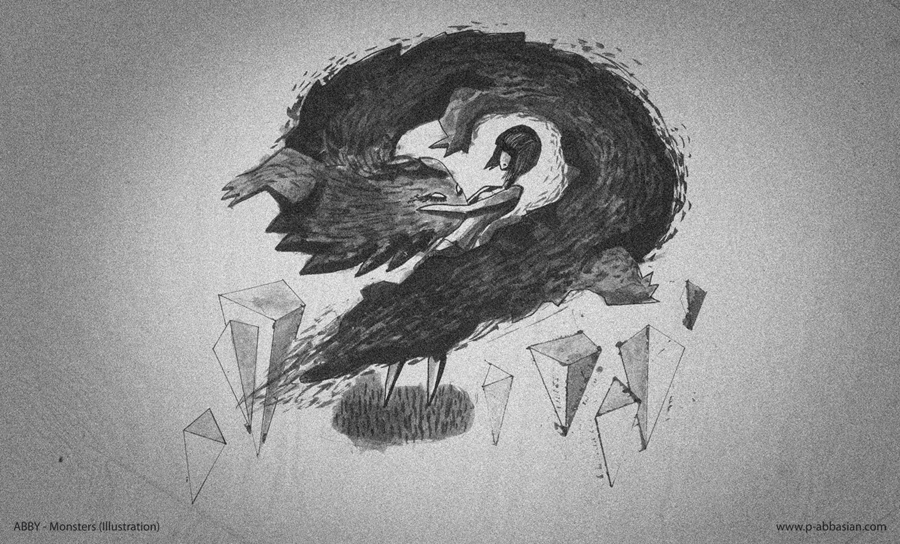
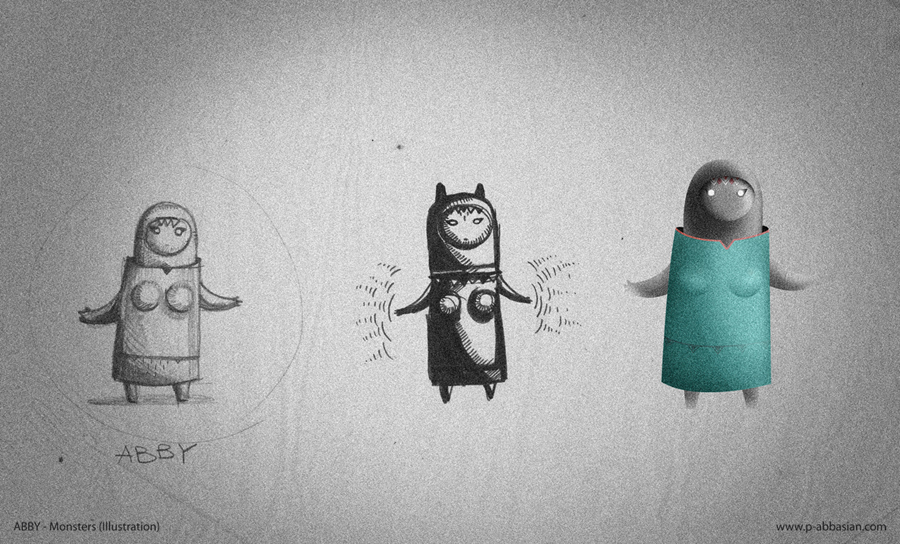
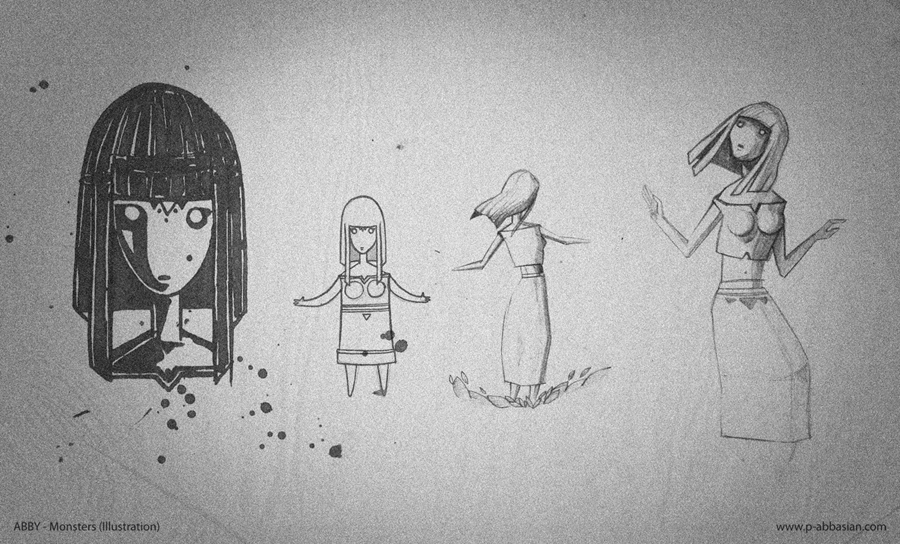
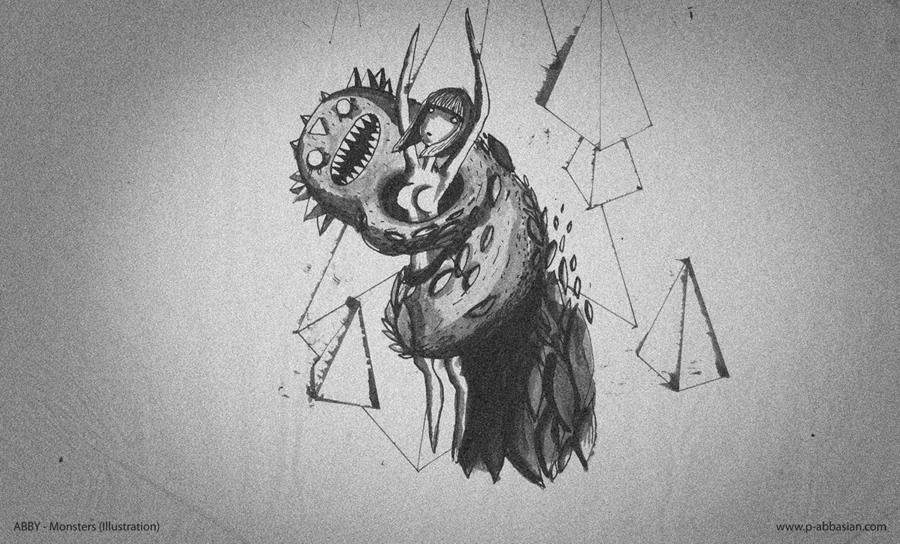
aklil(al)molook/exopalasht
aklil(al)molook (2009), Exopalasht (2007)
Pooya Abbasian & Farshid Monfared
Dec 2009, Mohsen gallery, Tehran, Iran. Oct 2007, Azad gallery, Tehran, Iran.
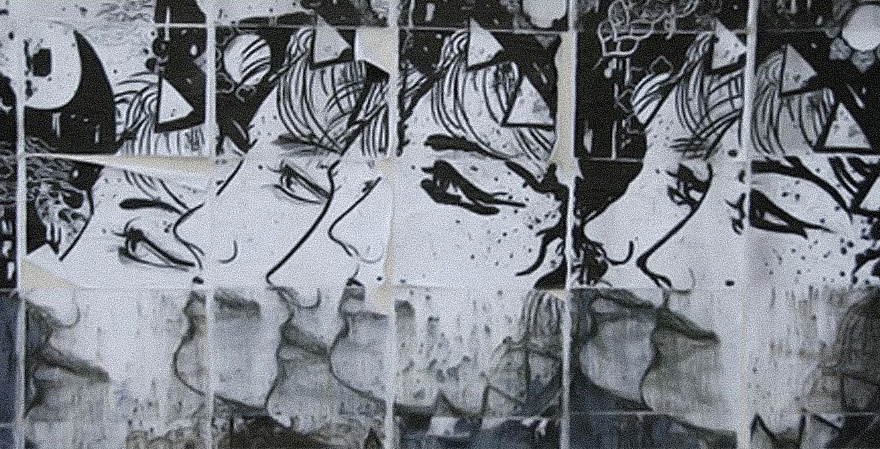
It seems that the history of Iranian painting Negargary has stemmed from three sources. The first could be conceived as the semiotic system of Iranian mysticism, which, through providing a common symbolic order between the artist and his contemporaneous audience, made the golden skies, the silver rivers, and the halos, palpable and familiar. The second was the governmental system which, by funding the artists, made room for such works to be executed – a traditional government, whose ideological and political influence, of course, could not be ignored. The third rendered a composition consisting of the social context on which the artist was grounded and the impacts of other nations on the art of that particular era. In times Chinese, in other times Byzantine or Turfan paintings each lent some of their visual elements to Iranian painting so as to be translated by Iranian painter according to his particular social context. By centuries, the audience of Iranian painting was always familiar with this triple source while knowing how to mentally reach to the subtext of the work. However, the transformation within Qajarid era – especially, the influx of modernity – severed the close ties of audience with previously accepted sources. Houses, costume, communication devices, and many other aspects of everyday life became increasingly subjected to change. If employing new visual elements seemed unaccustomed at the end of Safavid era, this time, at the eve of the new century, what appeared even stranger was the very aspiration for the survival of the language of Iranian painting. Thus, a new generation of painting emerged, carrying a false name, ‘miniature’. It attempted to retain something of the tradition while persisting to attract the contemporary audience. The golden skies, the silver rivers, the flaming trees, and the colourful birds, all became void of meaning, as a result of the disrupted link with the first source. The elements of the Ideal world as a lamé with its golden wraps pillaged were reduced to a beautiful icon replete with the nonsense. Parallel to this, the other two sources continued their tasks in a new way: The dignity of the Ideal Beauteous became a site for manifestation of mastery in plastic surgery. The eyes grew larger as the noses tended upwards. The Sormeh (Collyrium) which seemed an eternal phenomenon was replaced by a heavy make-up that could be removed at night with a cotton pad. However, curling garments and deer were still there. The result is a semiotic, and of course visual, disorder originating from the third source, which could be seen both ironically and wistfully.
Ali Ettehad
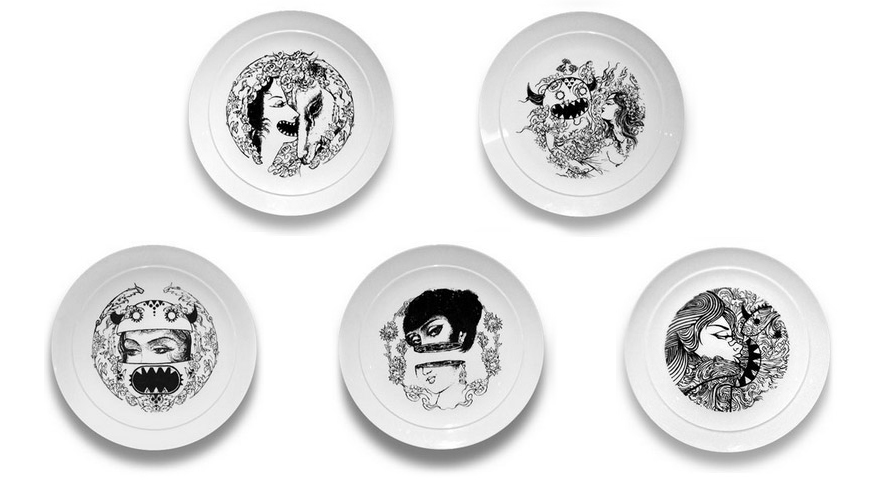
Drawing on plate, Vitrail ink on plate, Diameter 30 cm, 2010

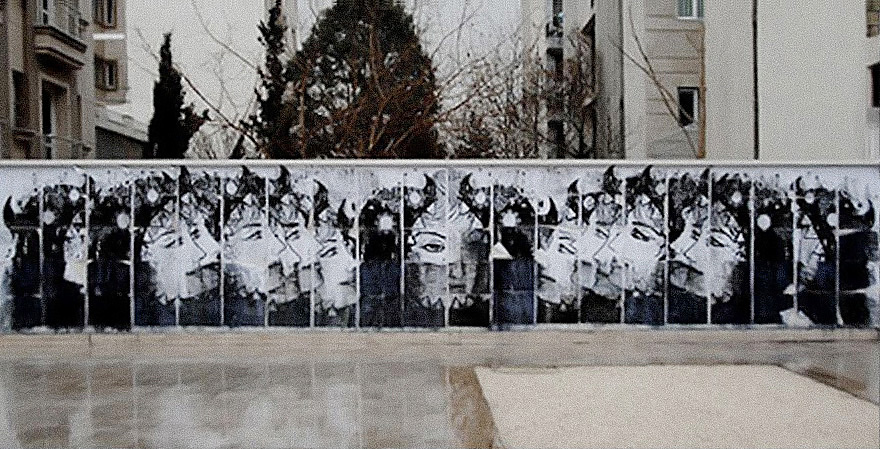

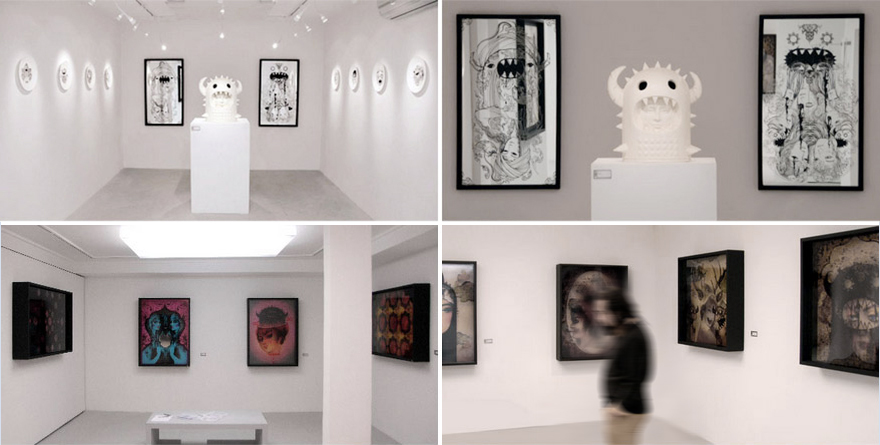 Exhibition view at Mohsen gallery.
Exhibition view at Mohsen gallery.
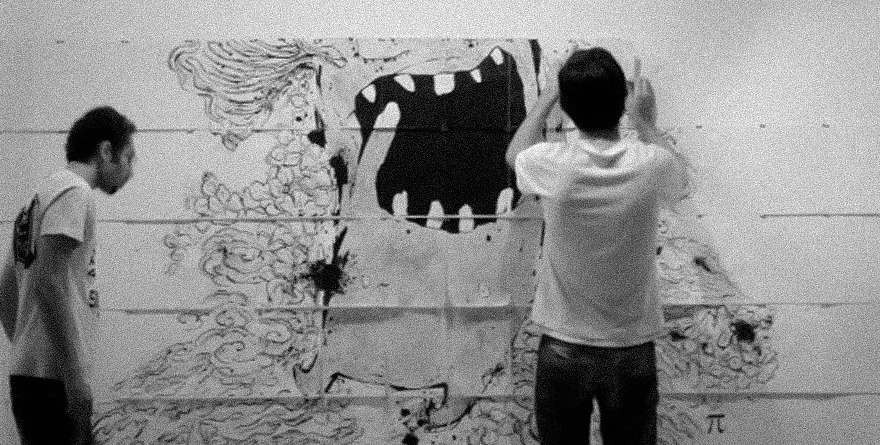
It can be said that recently works of many Iranian artists are distinctive cliché. Most of them are applying traditional and national Oriental (Iranian-Islamic) patterns as a tool to attract foreign audiences. As a matter of fact some of these works quench overseas viewers thirst toward exotic are More over Exotic works are also applicable to their hypothesis about oriental artists works. As a result Western audiences pay special attention to exoticism. The theorem is neither ignoring all these achievements nor finding these artists guilty for using these symbols in their work.
The works in this exhibition are trying to criticize superficial and abusive use of these traditional patterns and national symbols and turning them to meaning-less cliché.
Hamid Severi
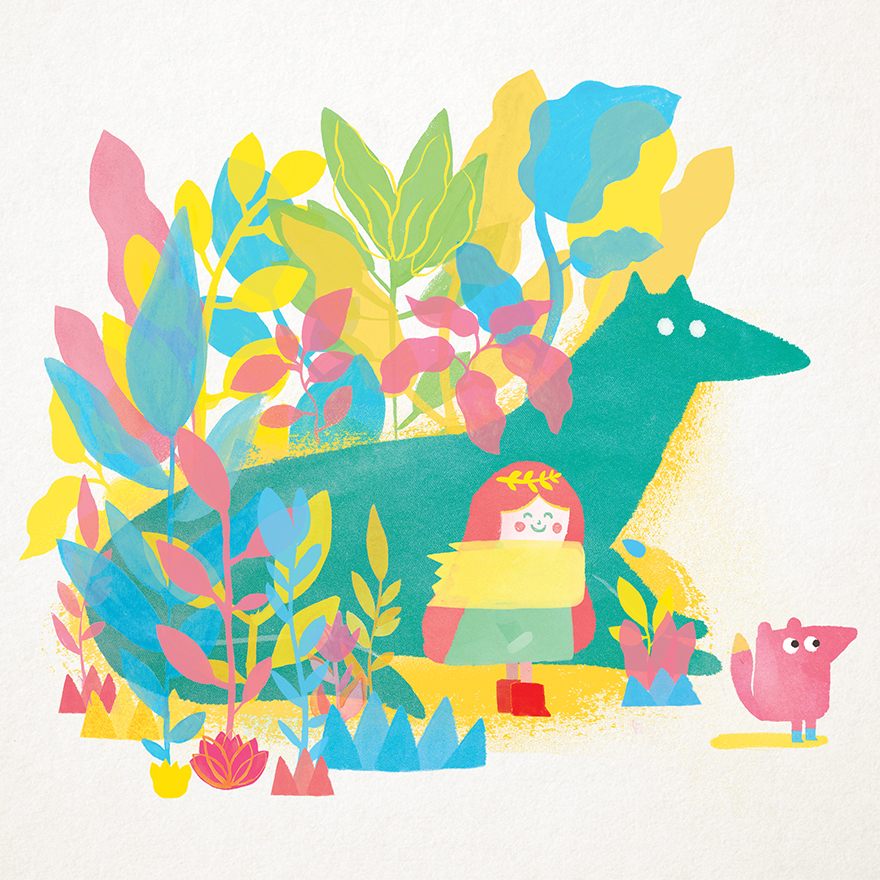
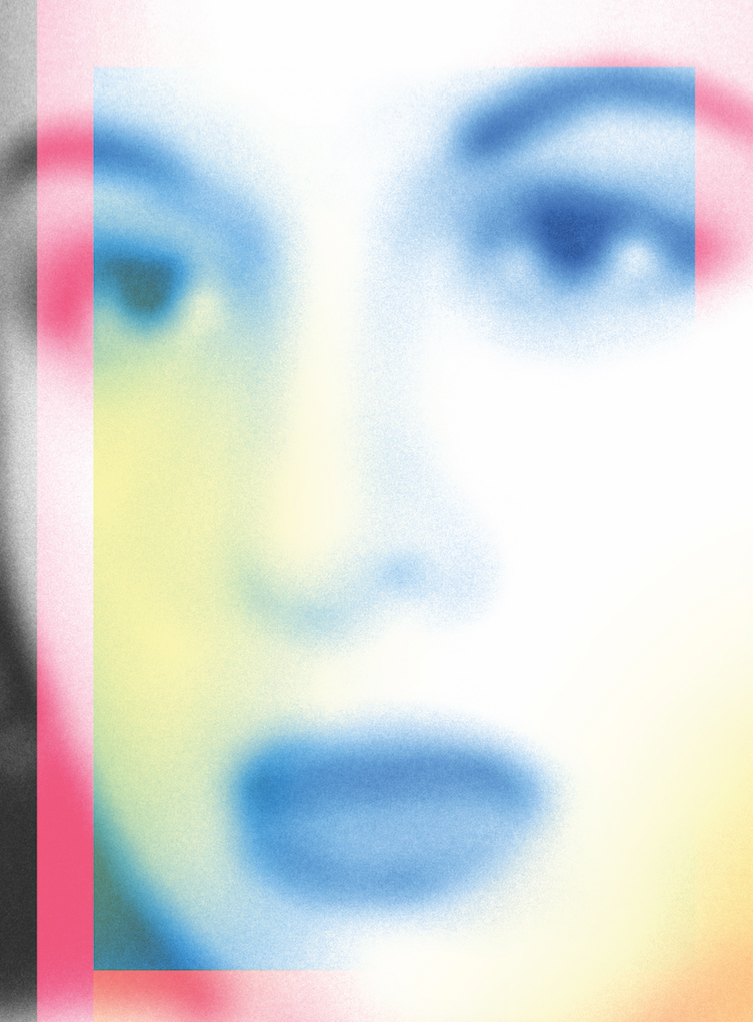
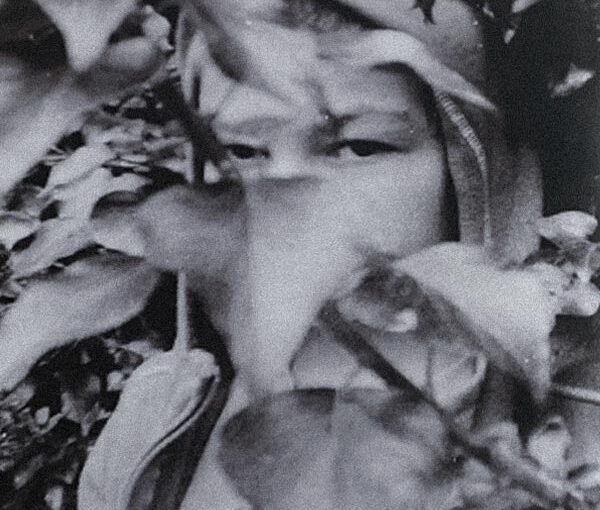

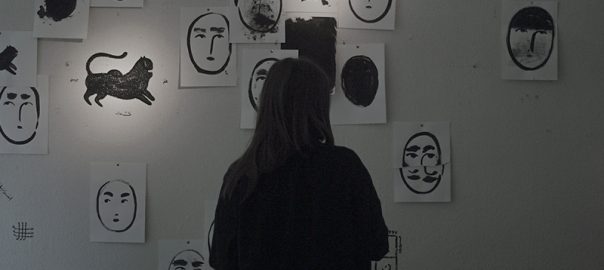
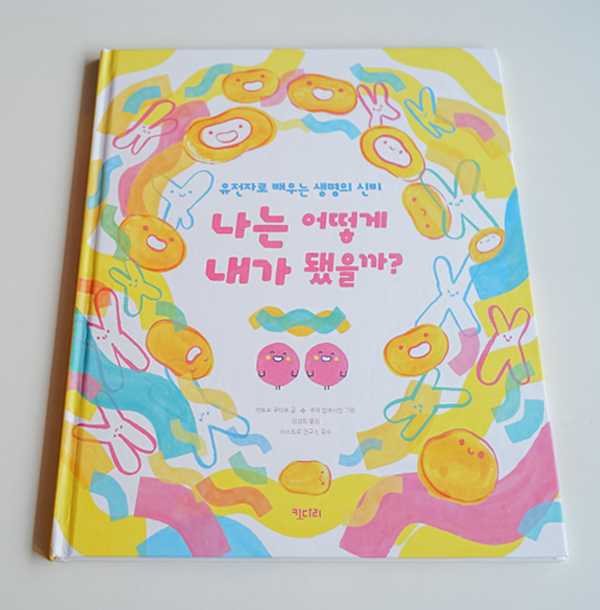
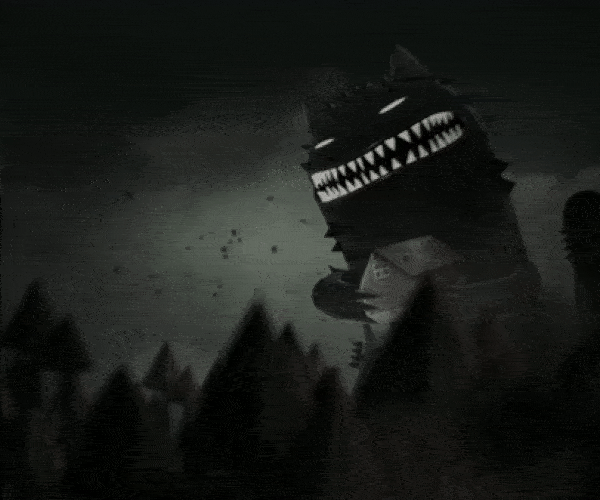

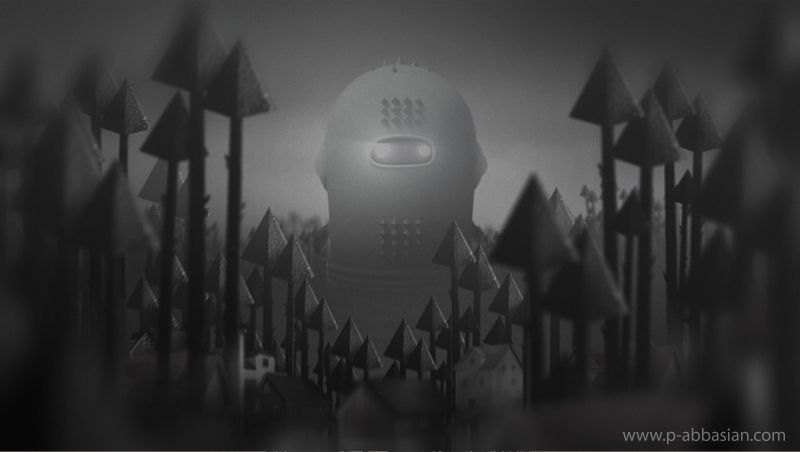
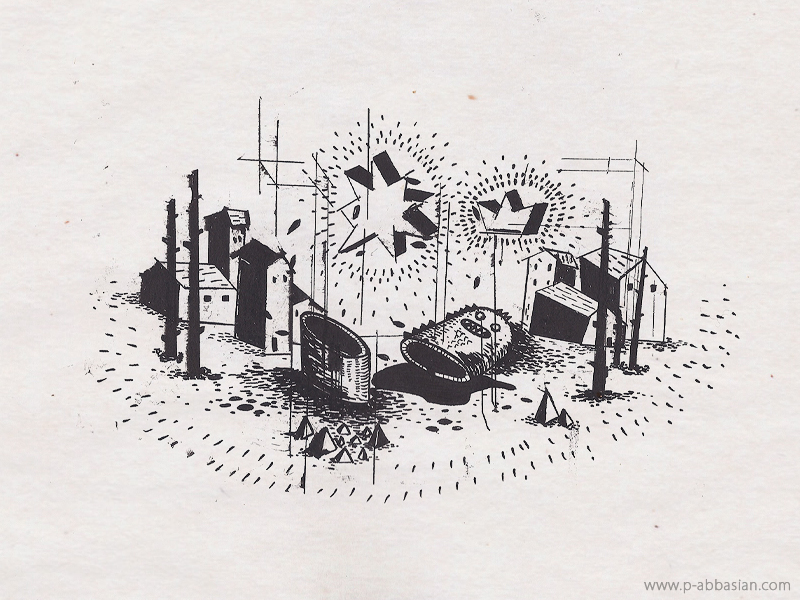
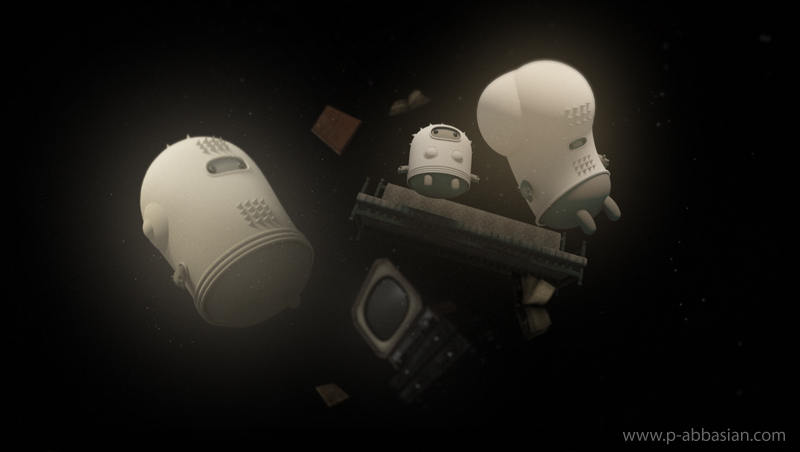
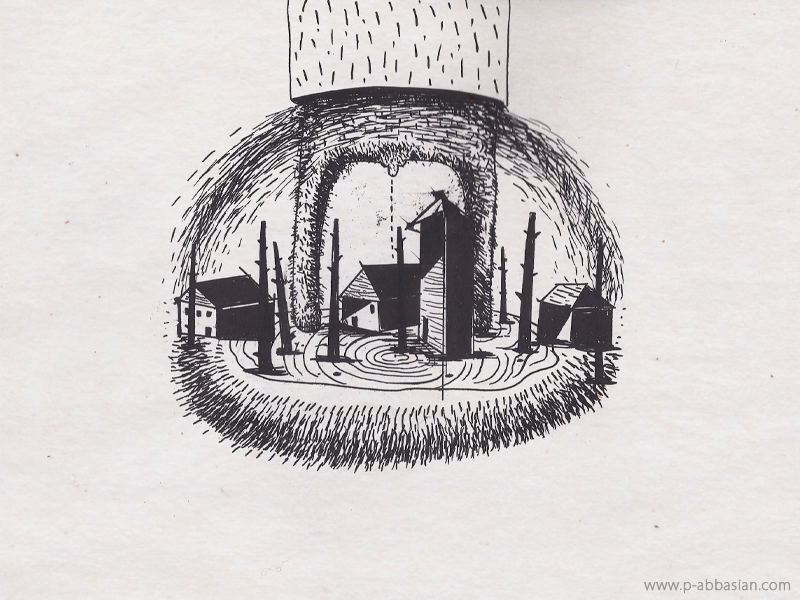

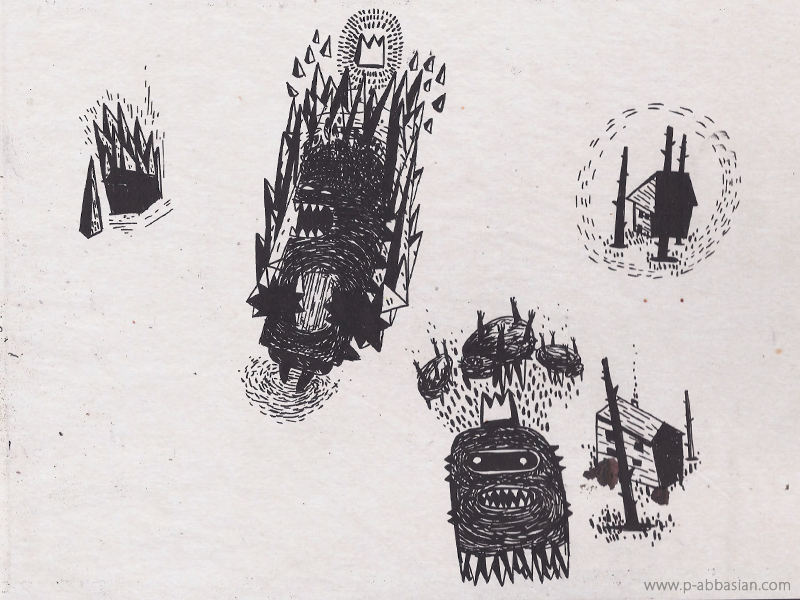
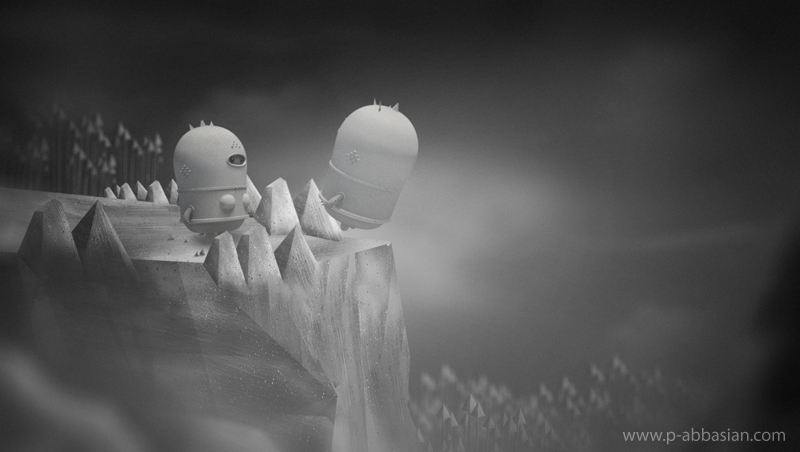
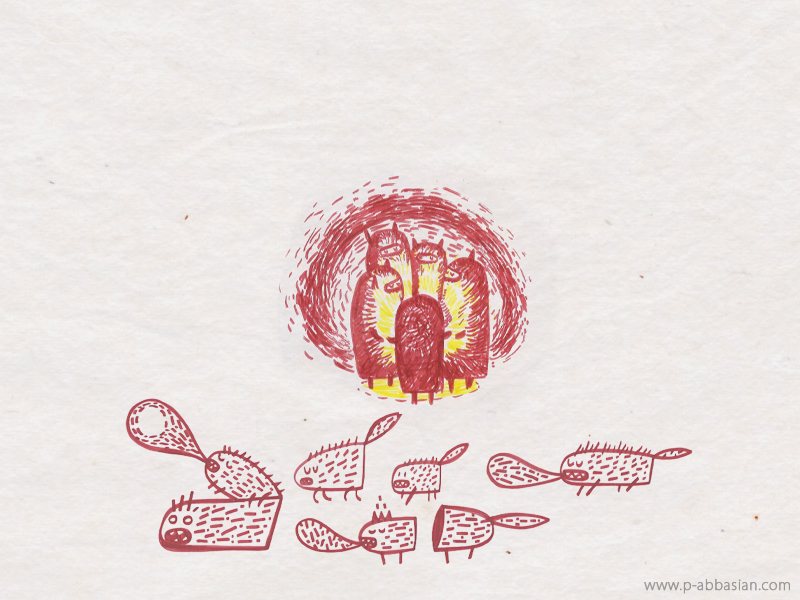
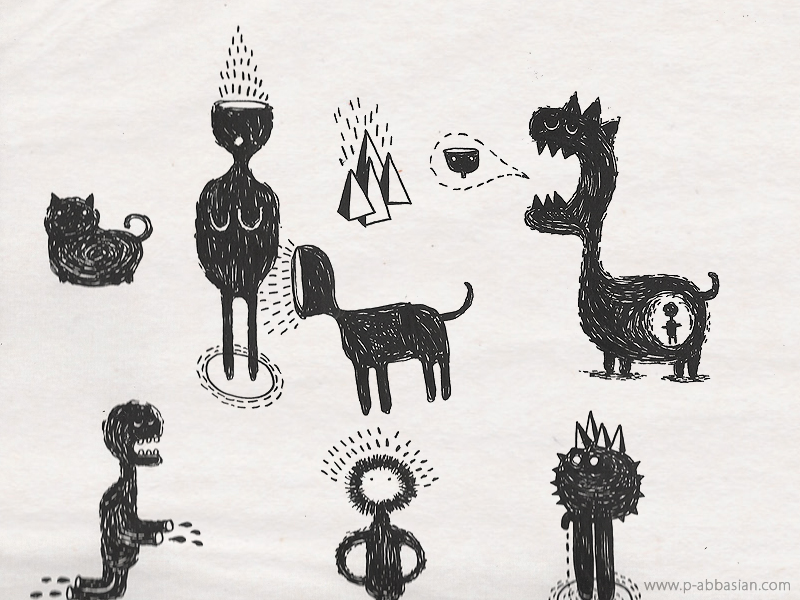
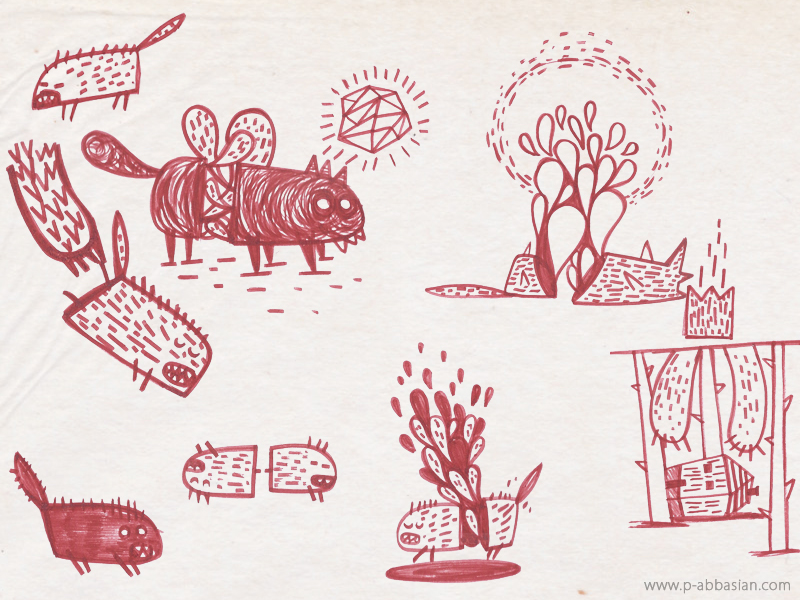
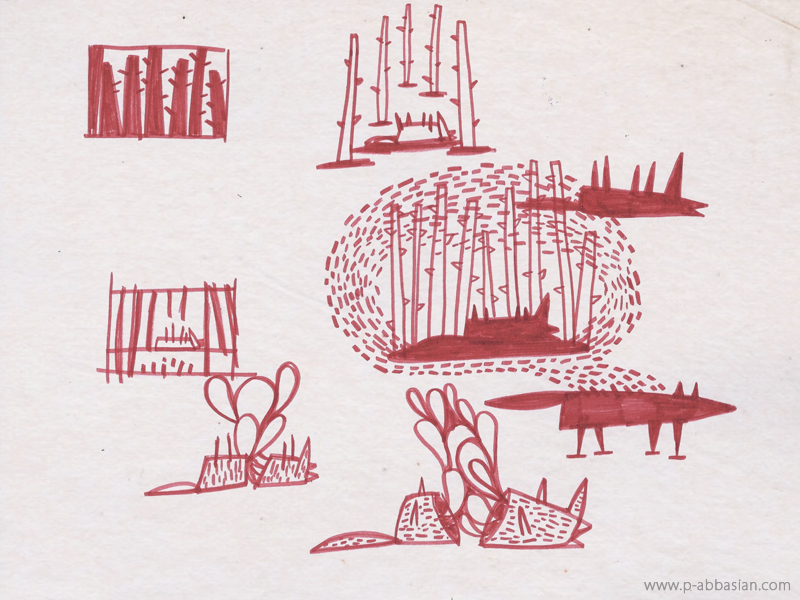
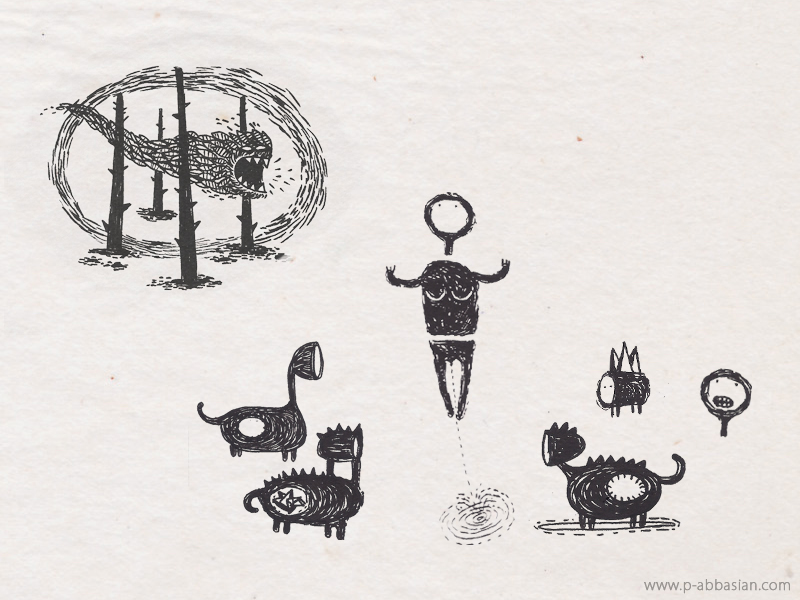
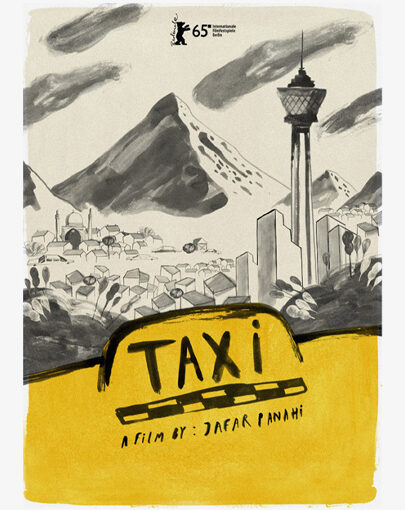
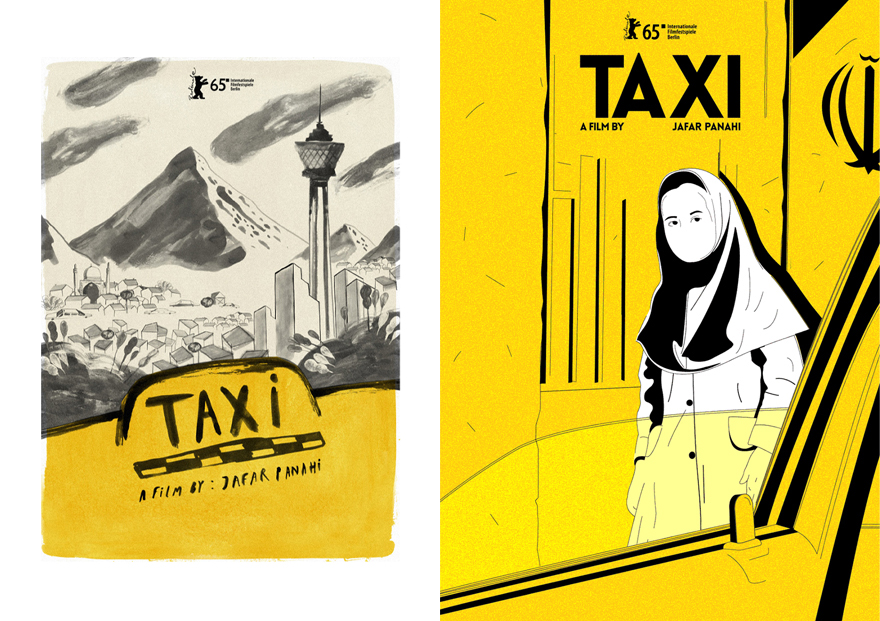
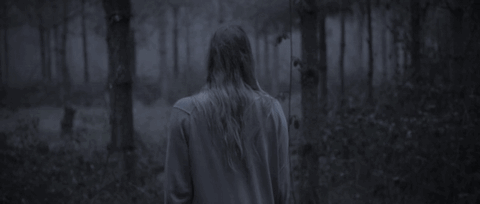
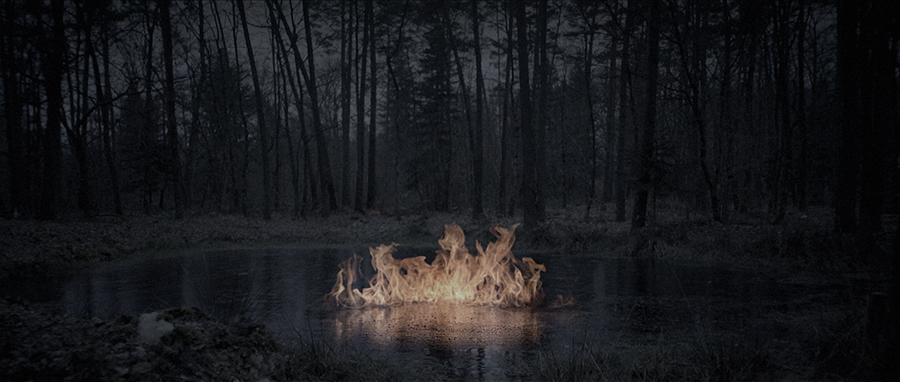
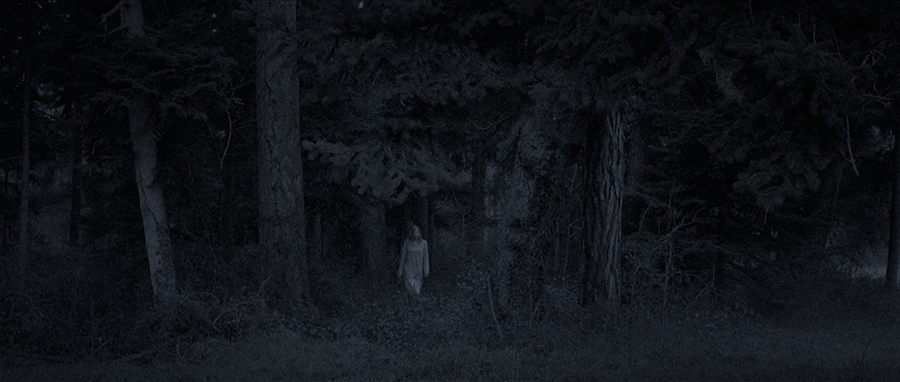

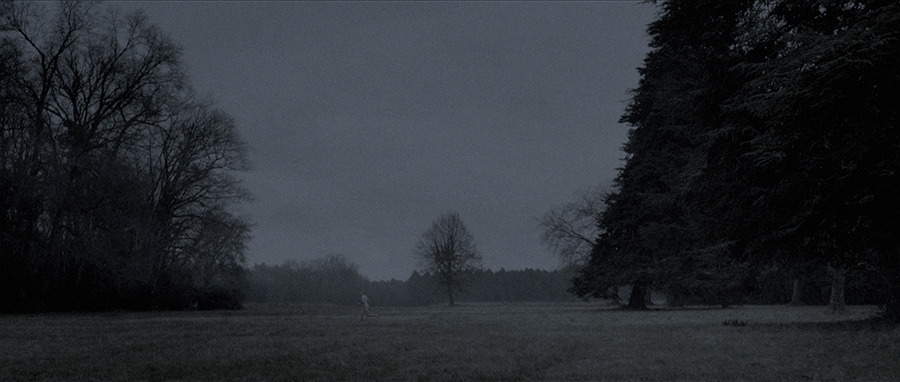
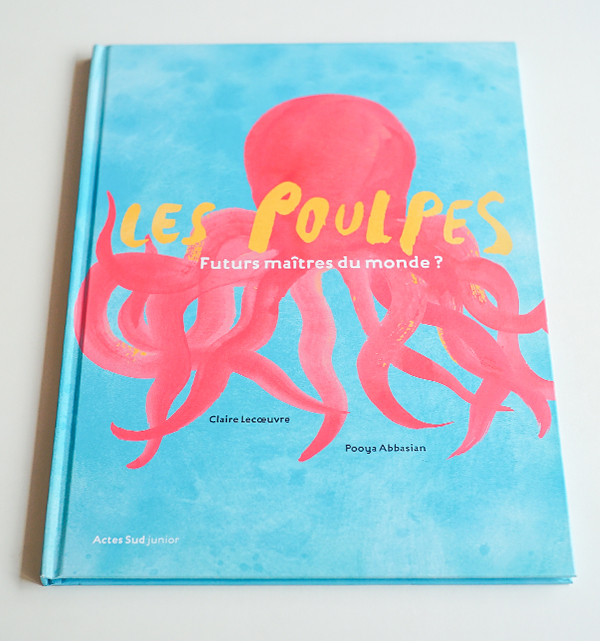
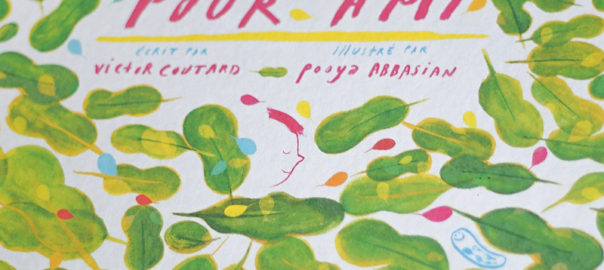

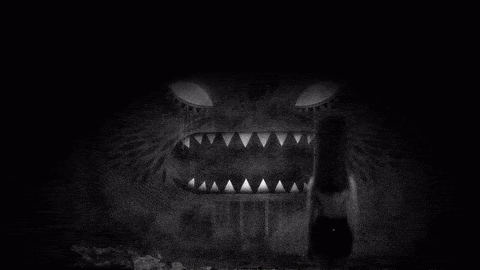
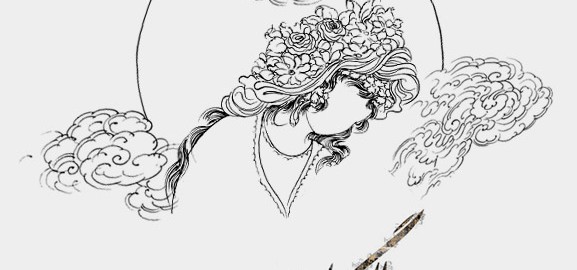
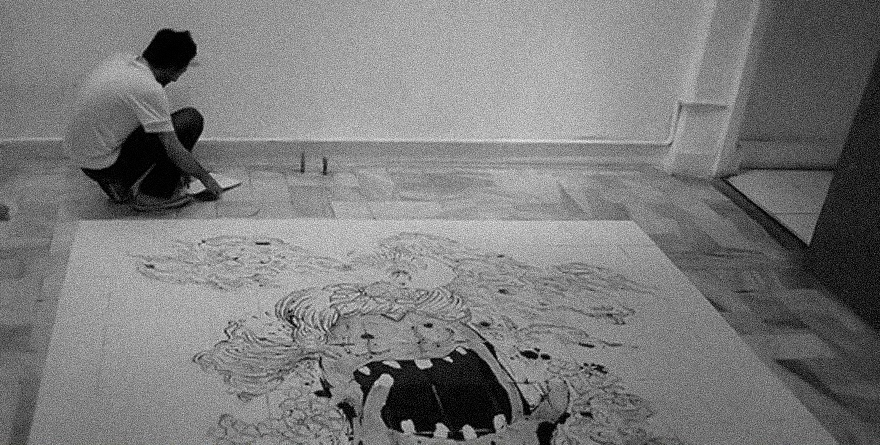 Installation of 140 A4 paper(ink on paper), 280×300 cm, 2017.
Installation of 140 A4 paper(ink on paper), 280×300 cm, 2017.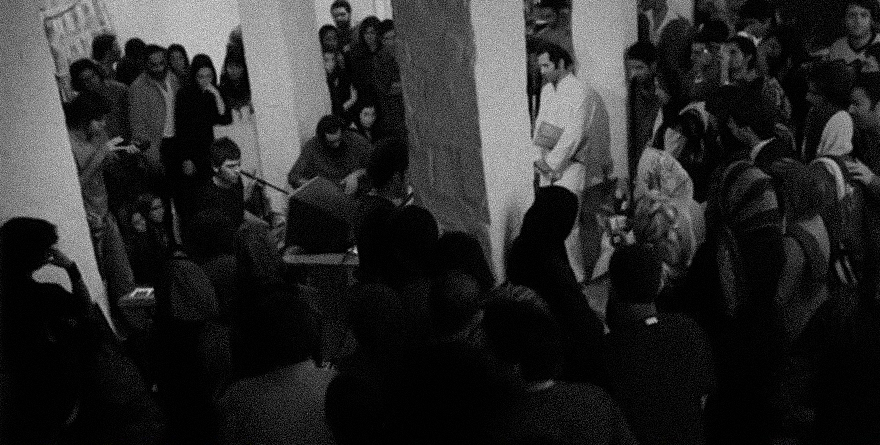 Sound performance at the opening of the exhibition at Azad galley.
Sound performance at the opening of the exhibition at Azad galley.